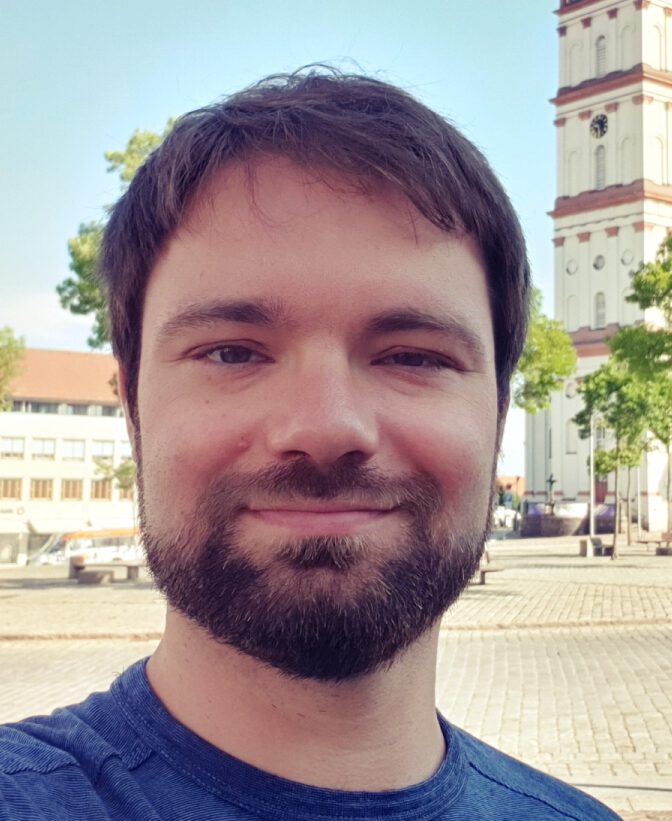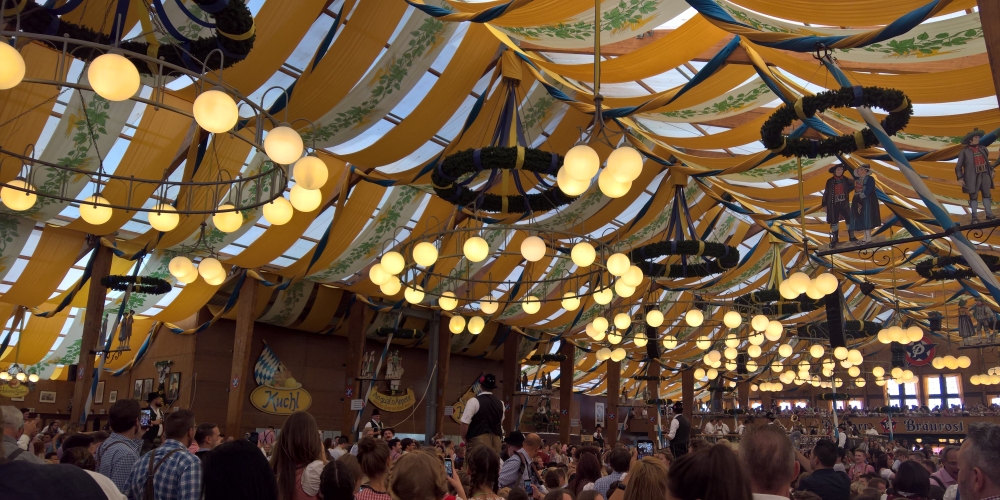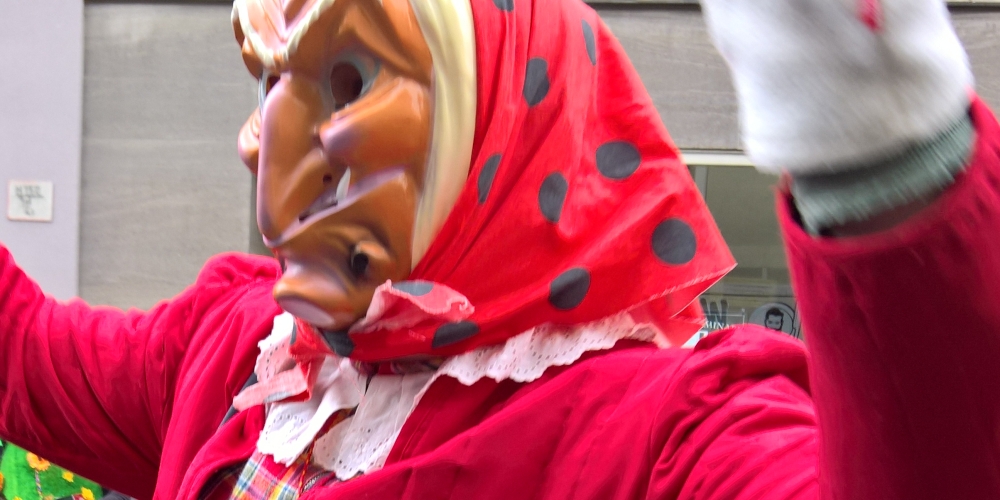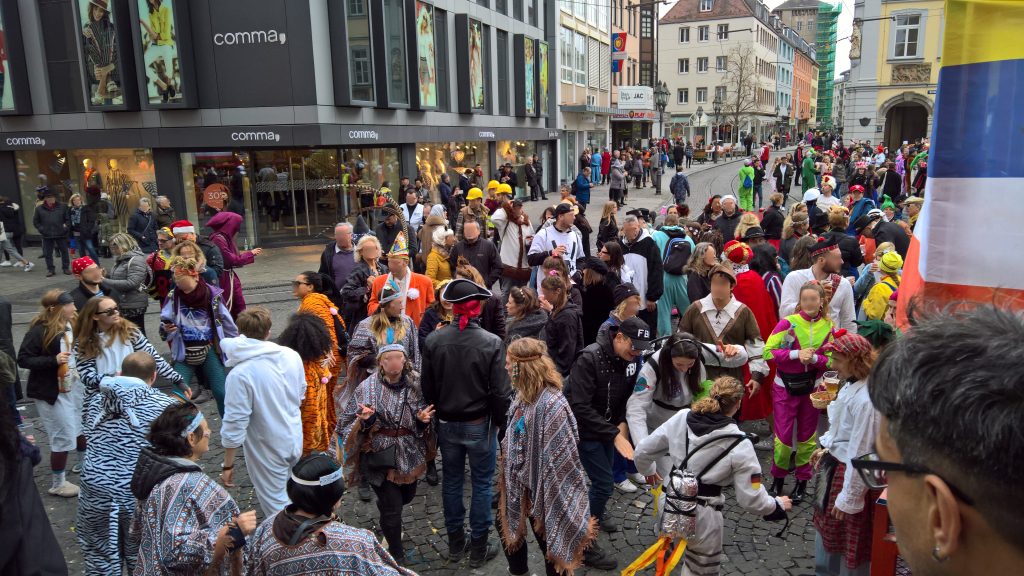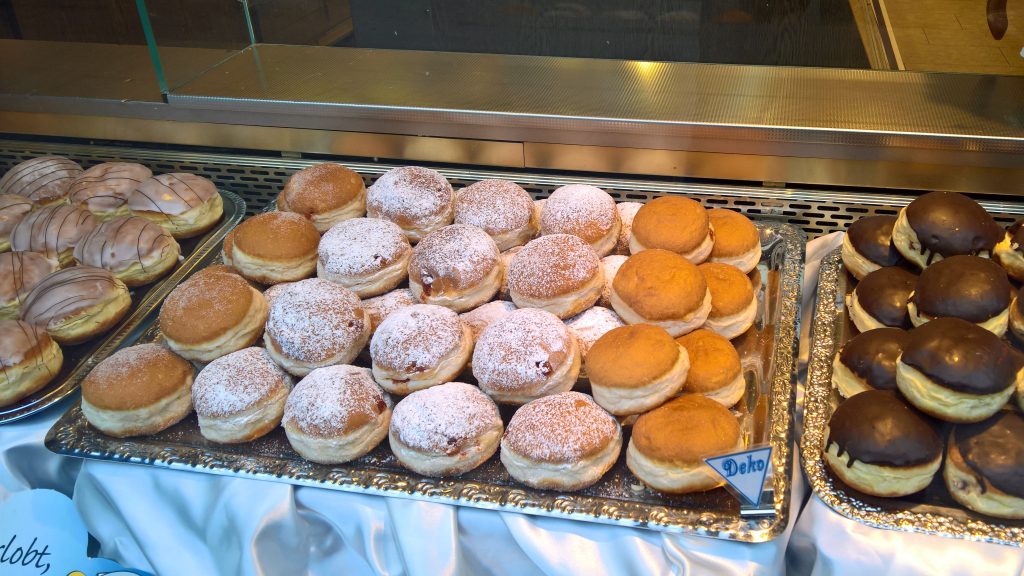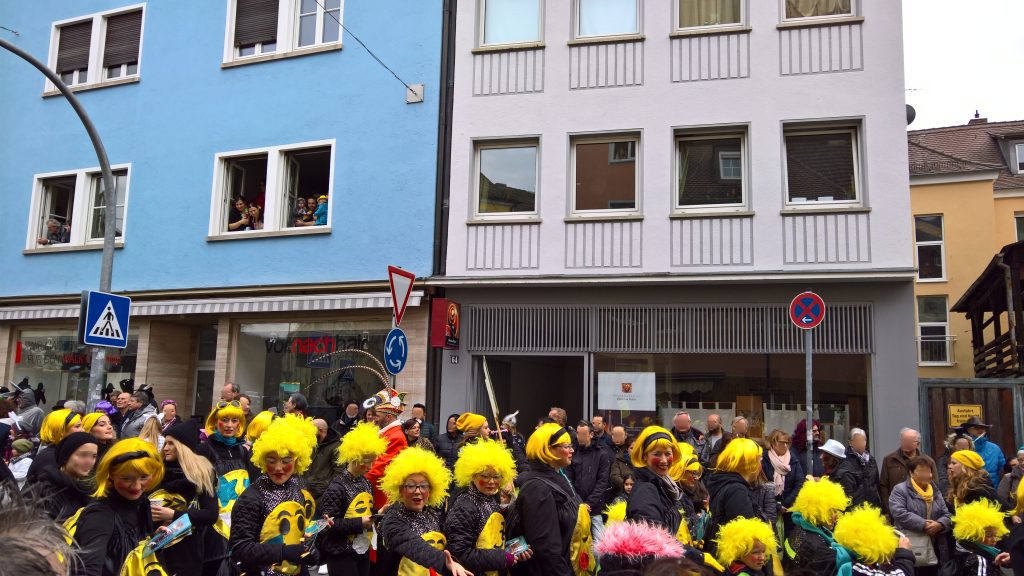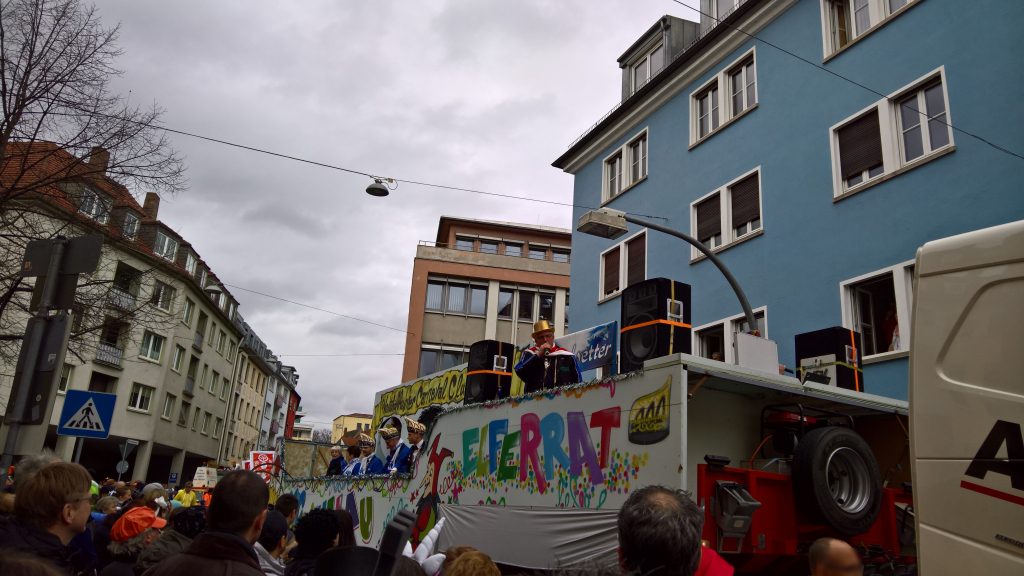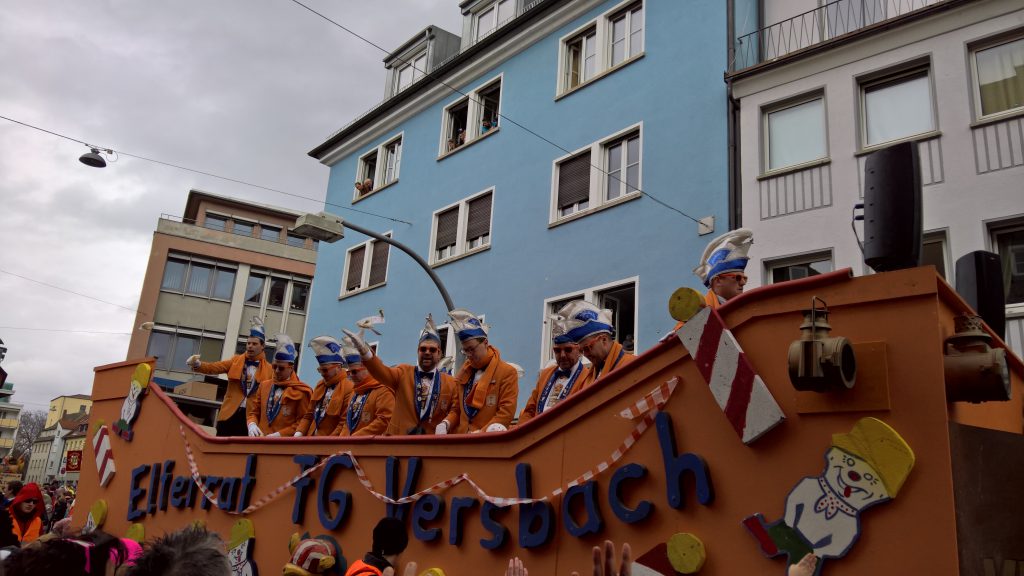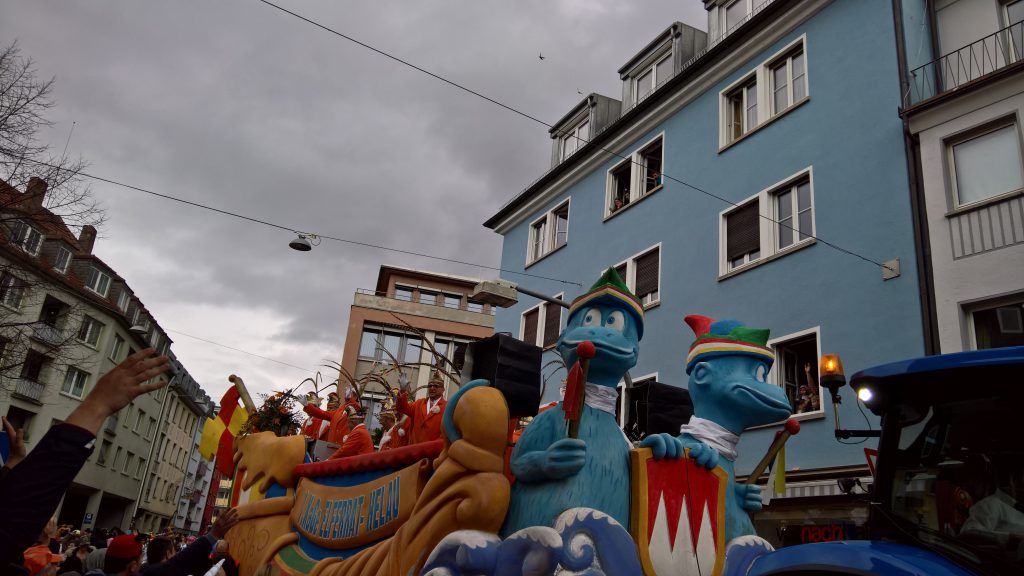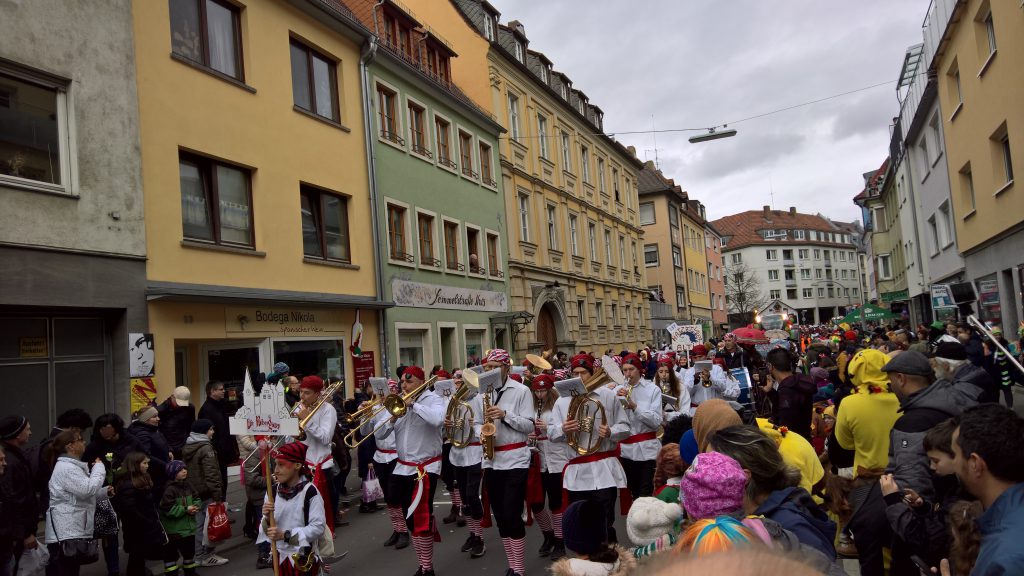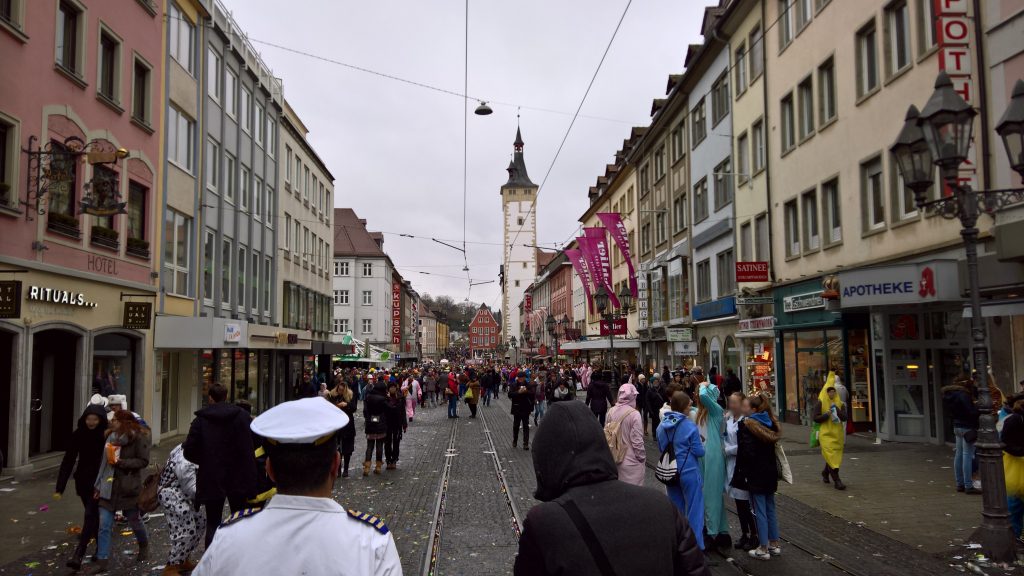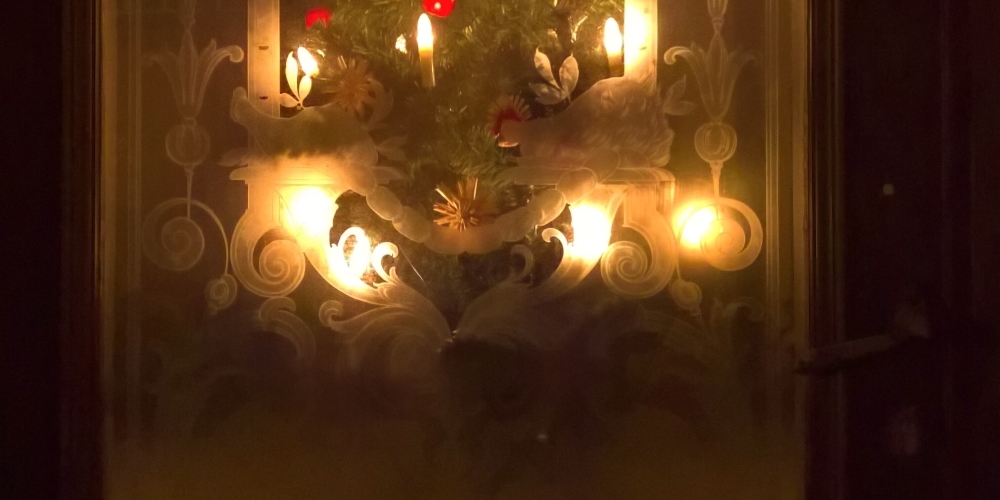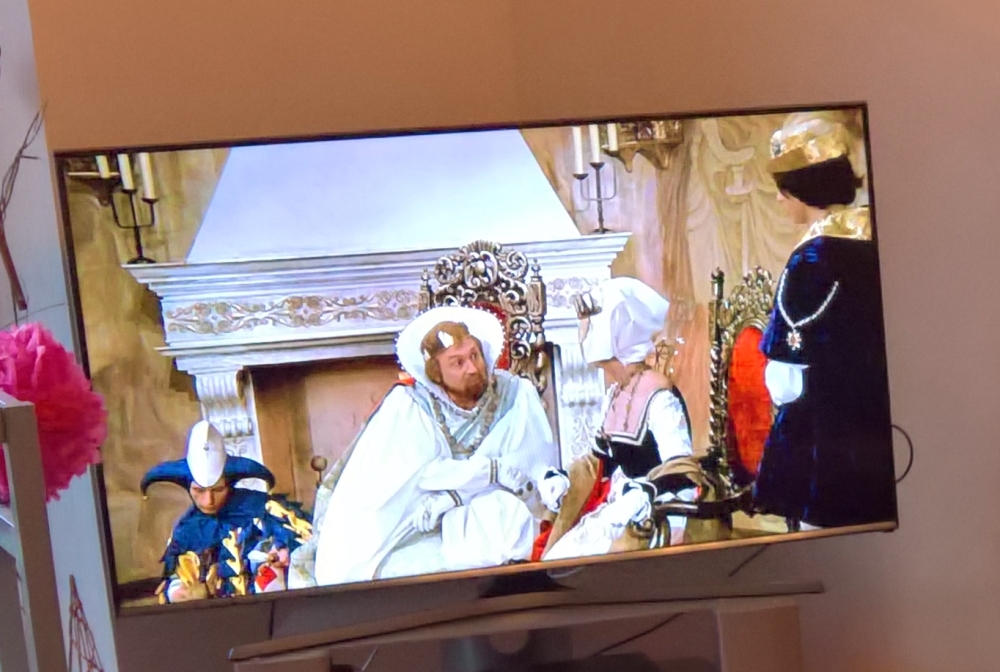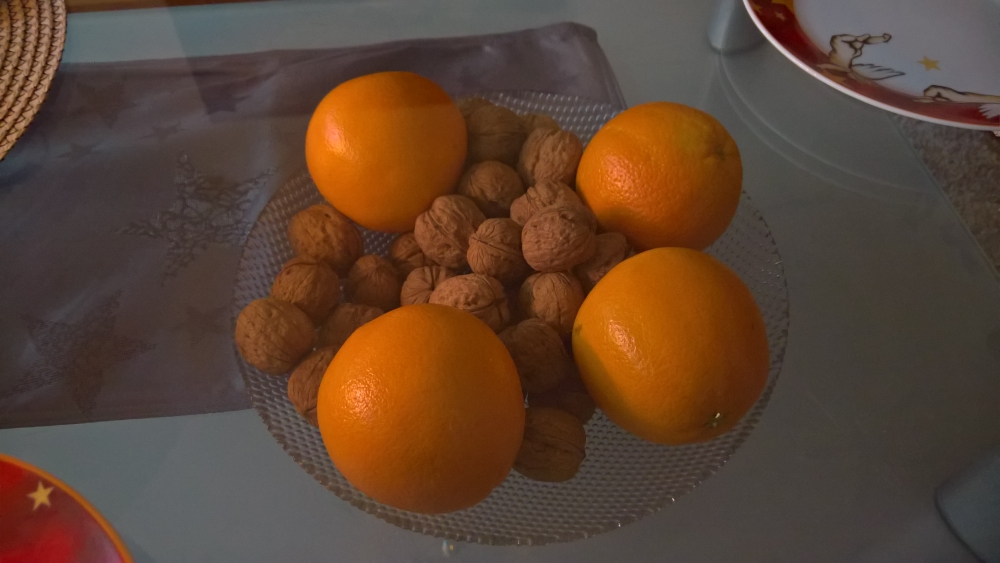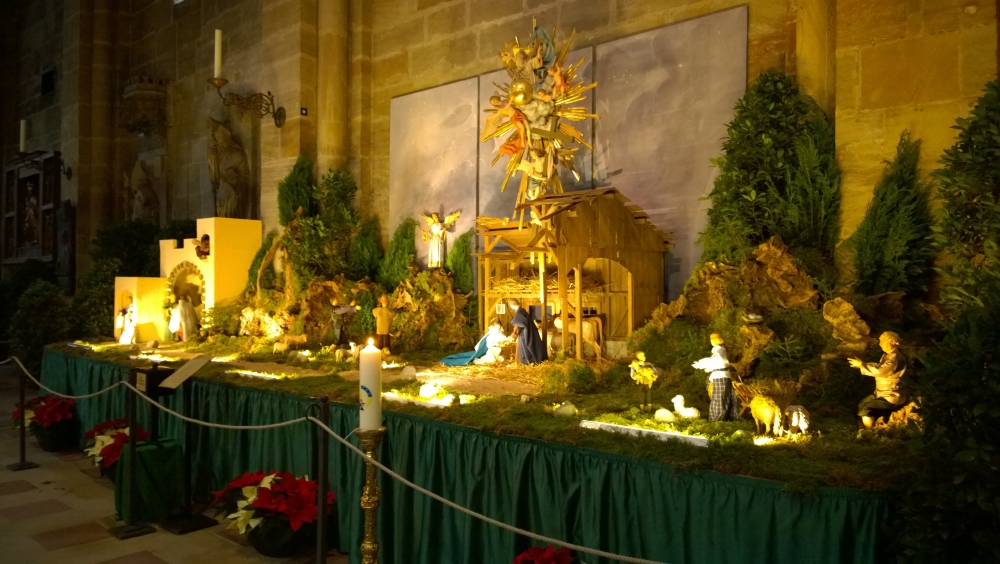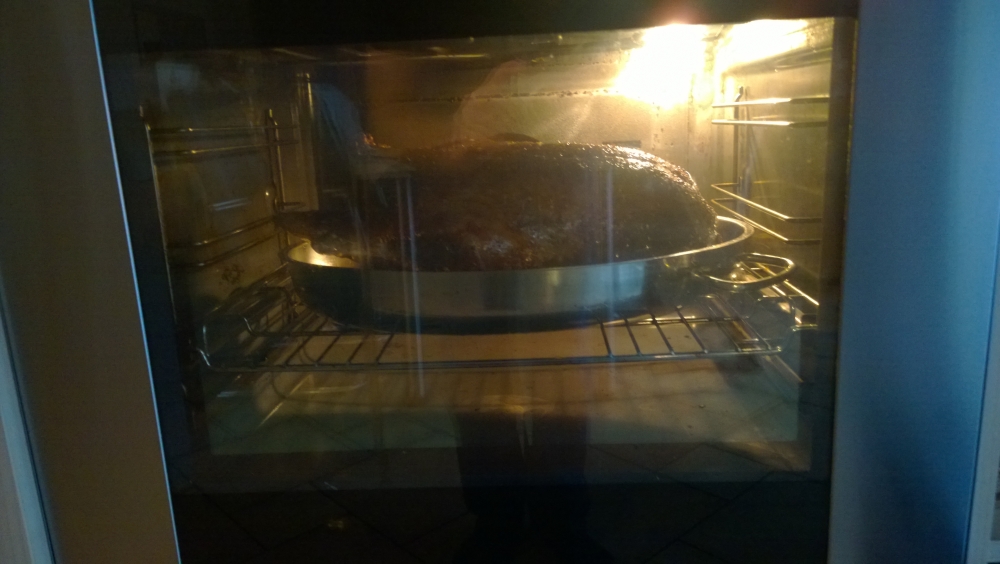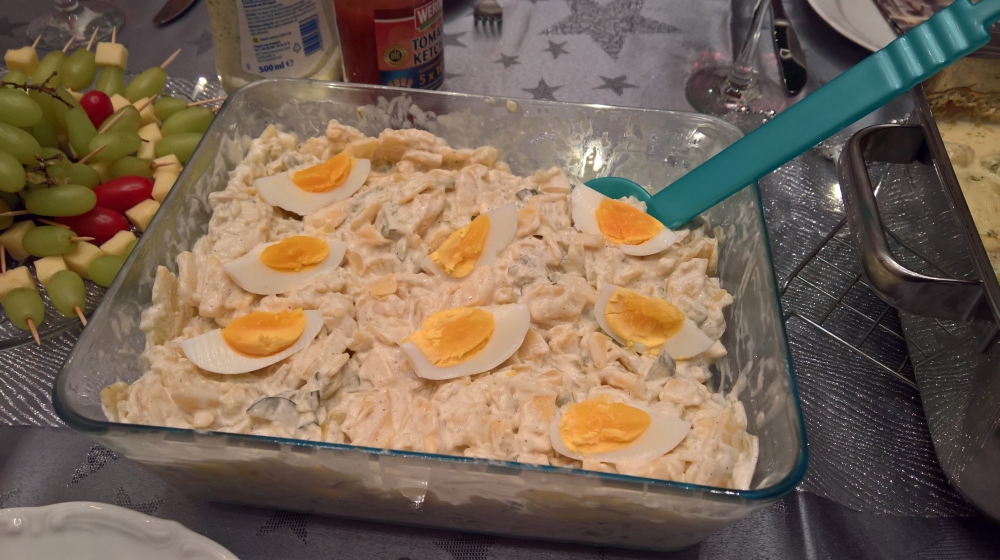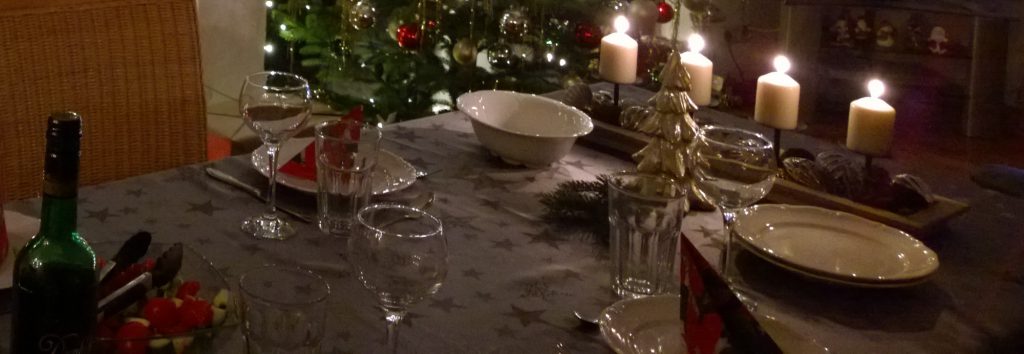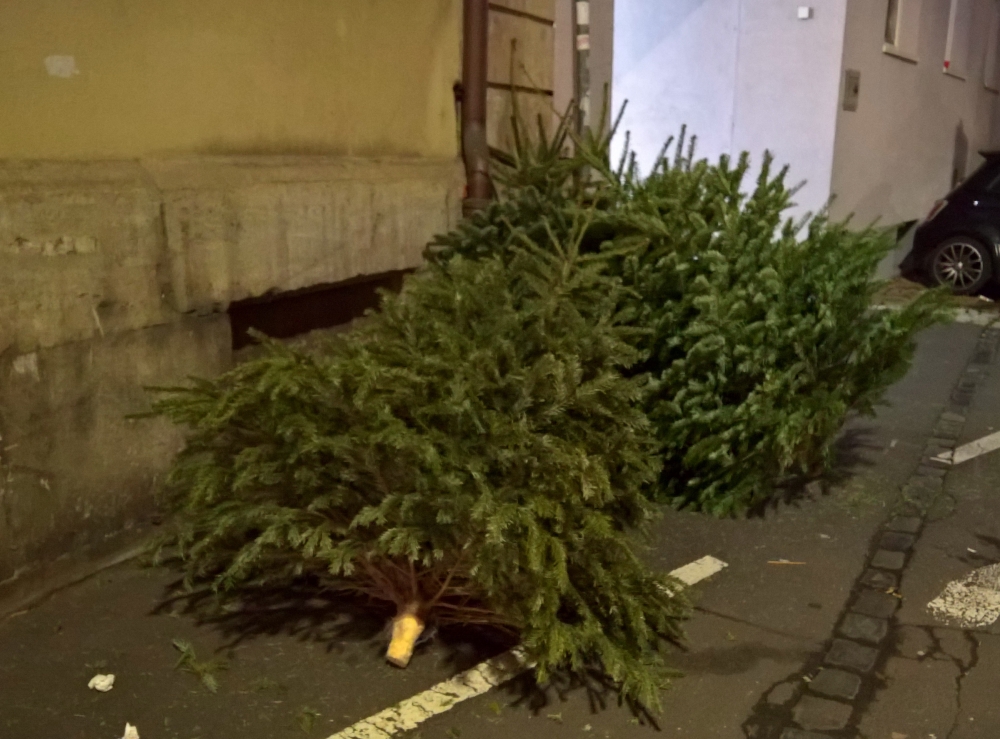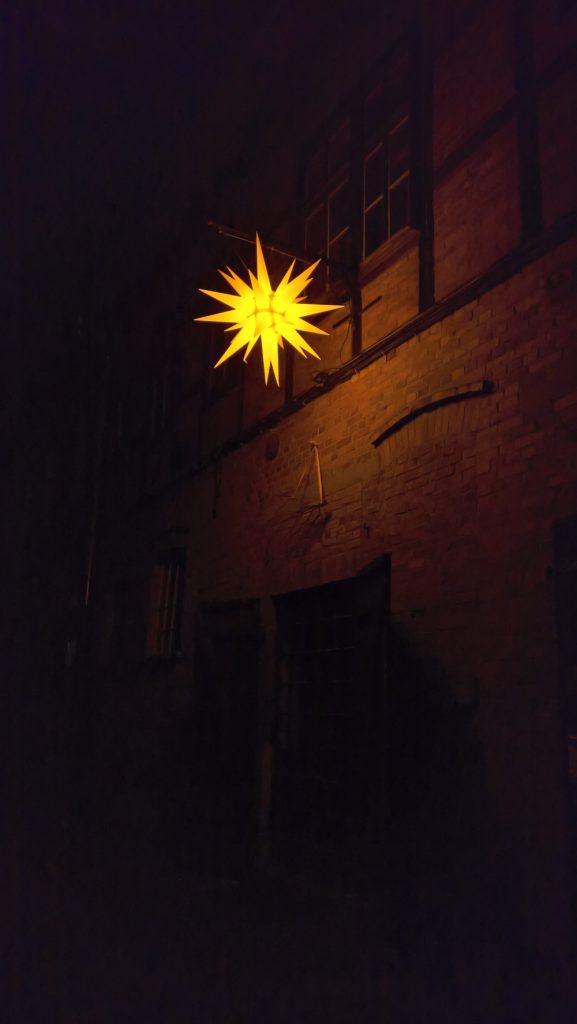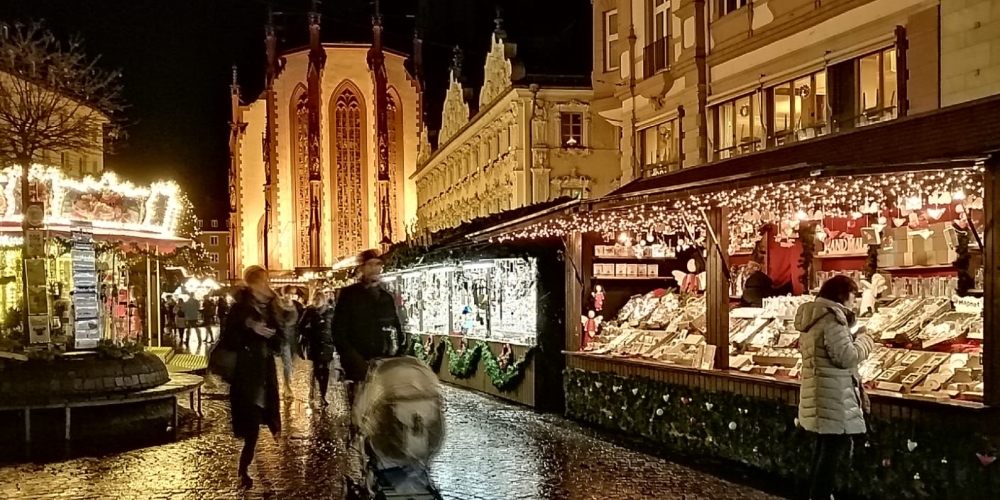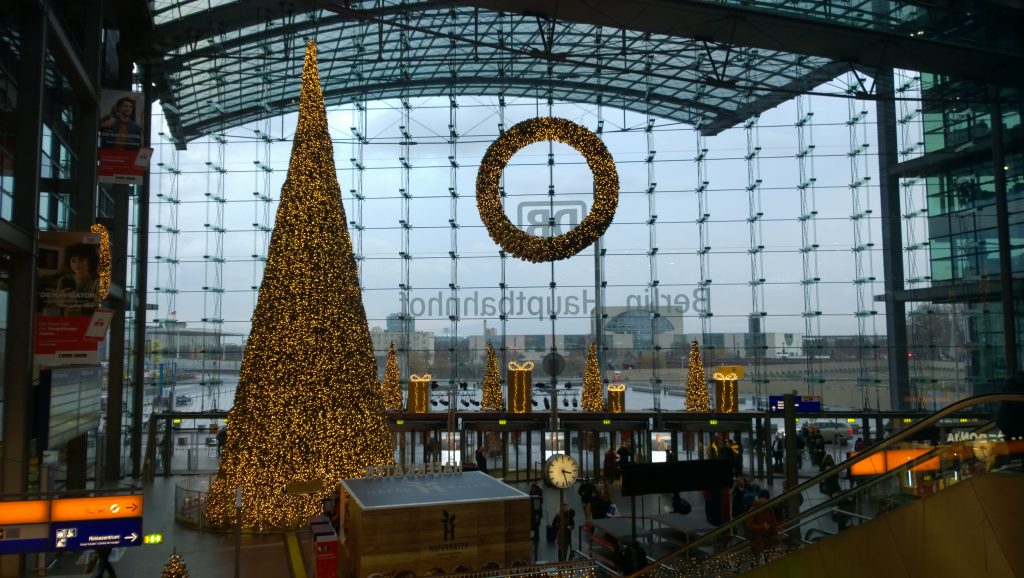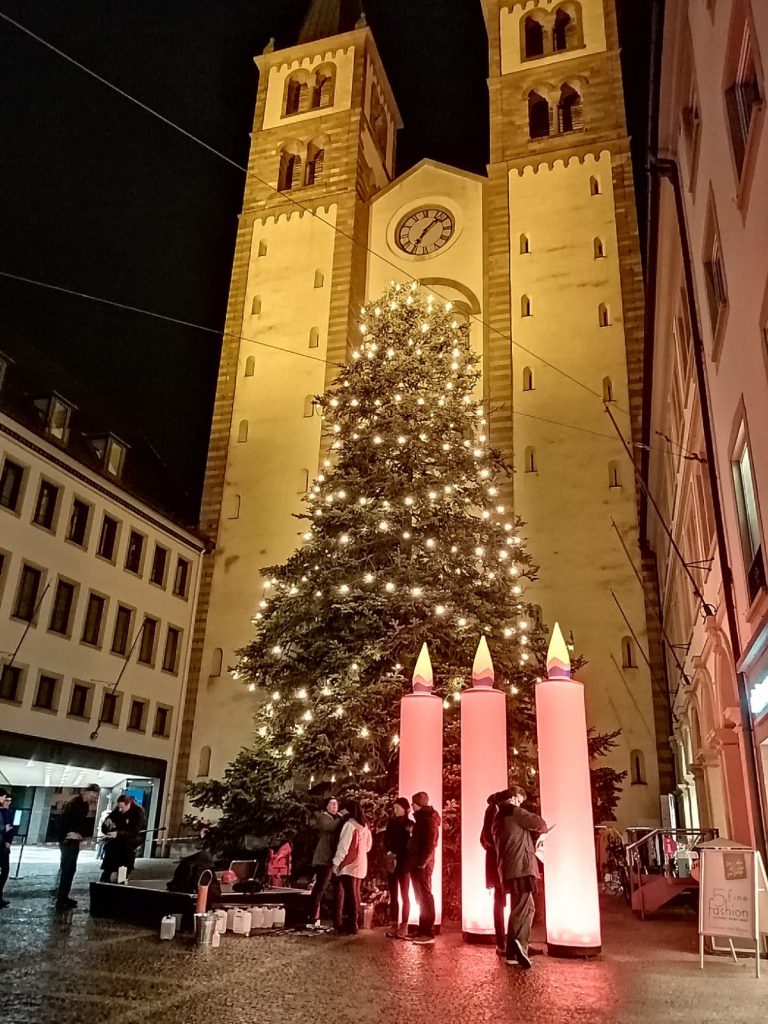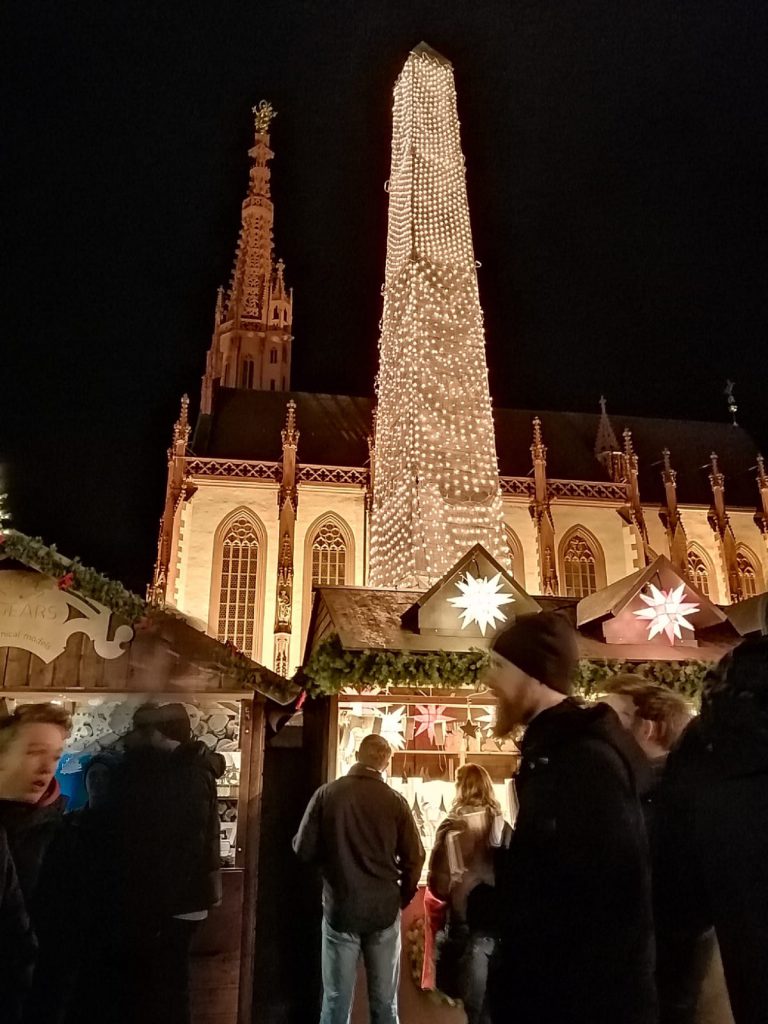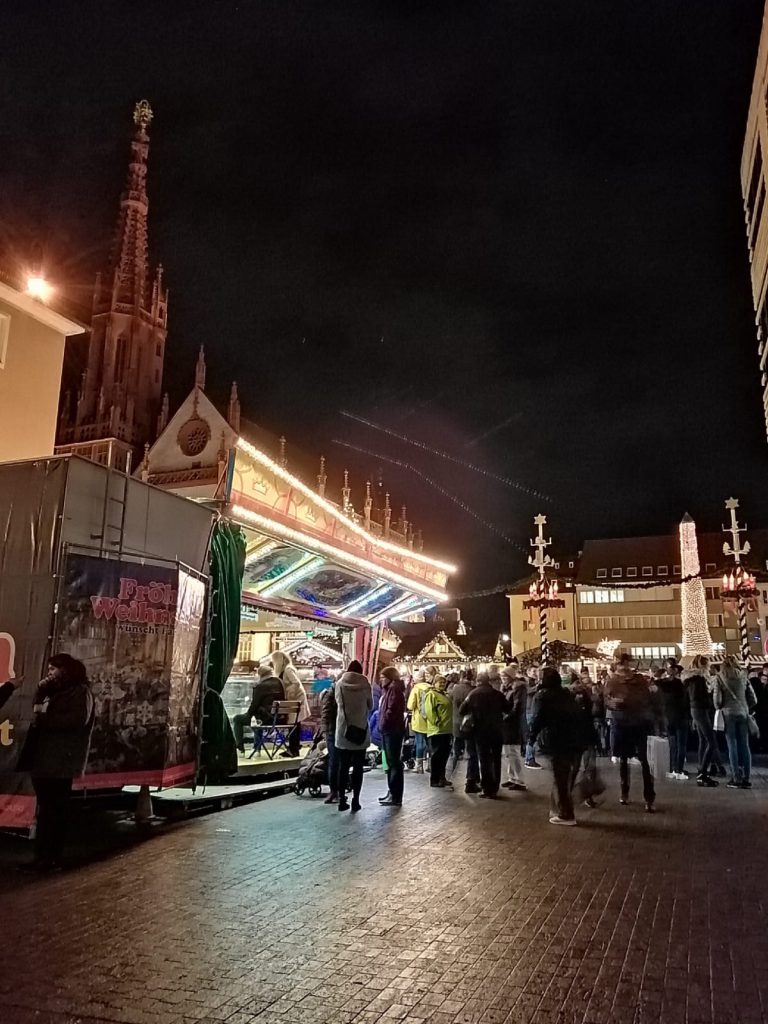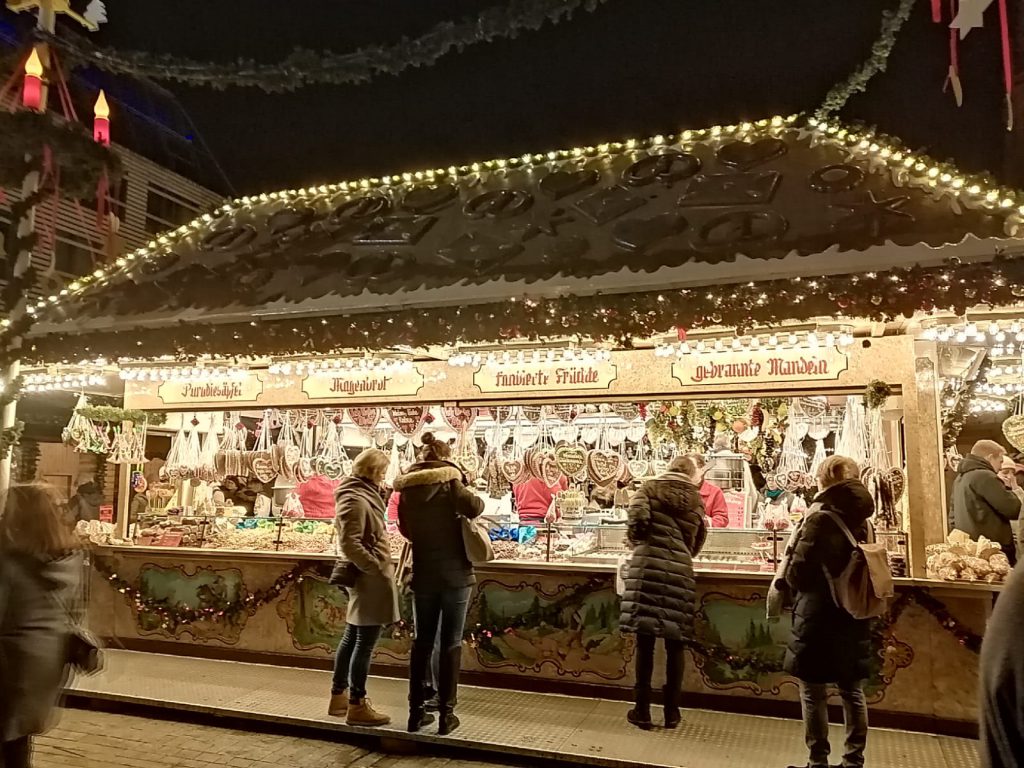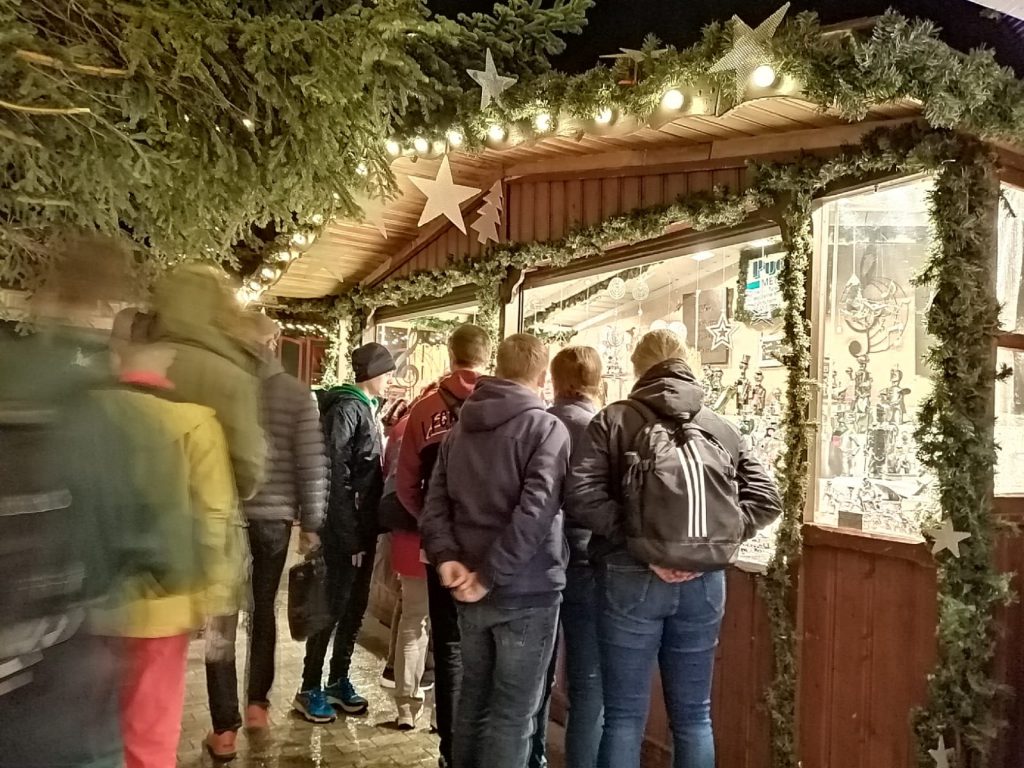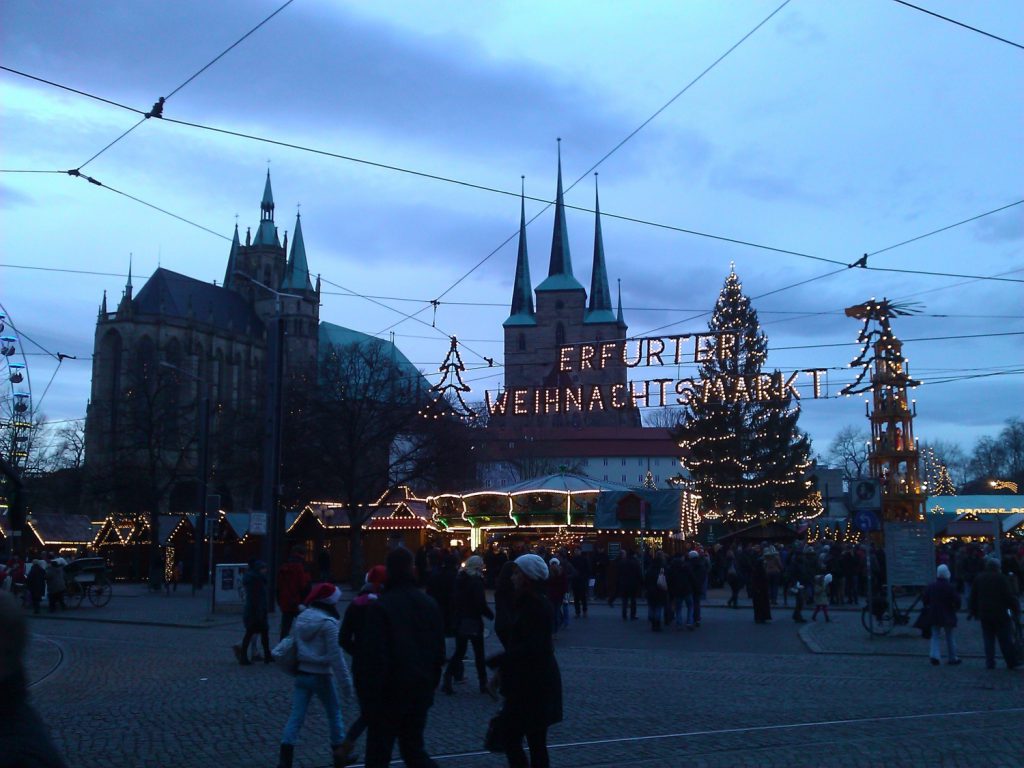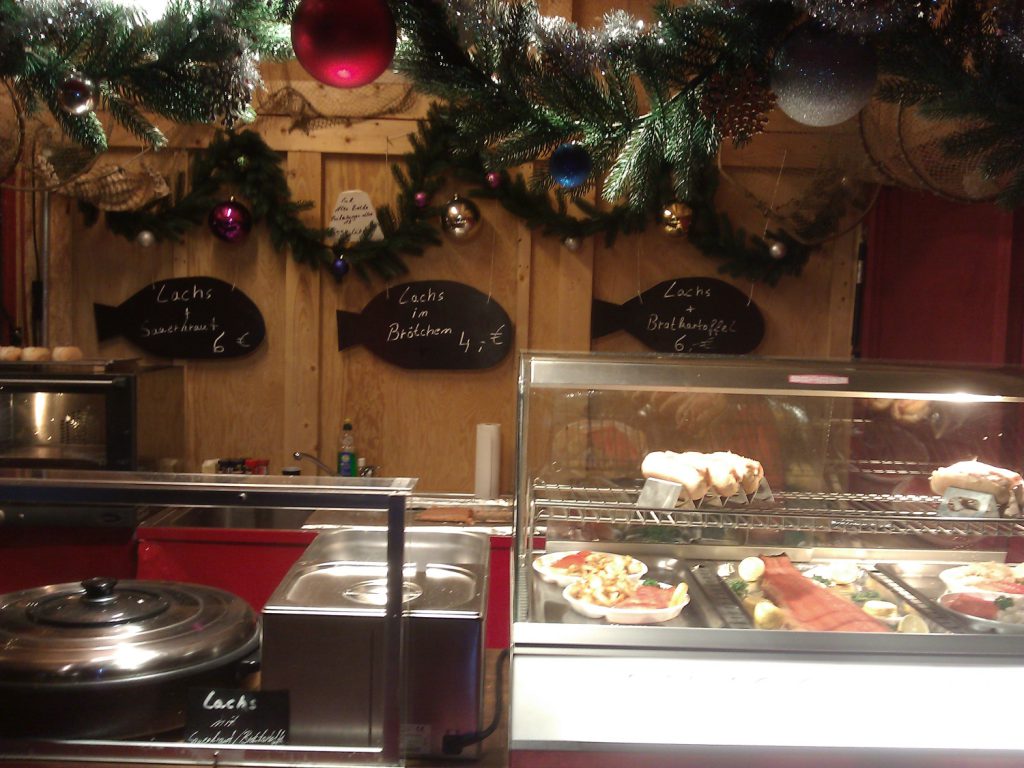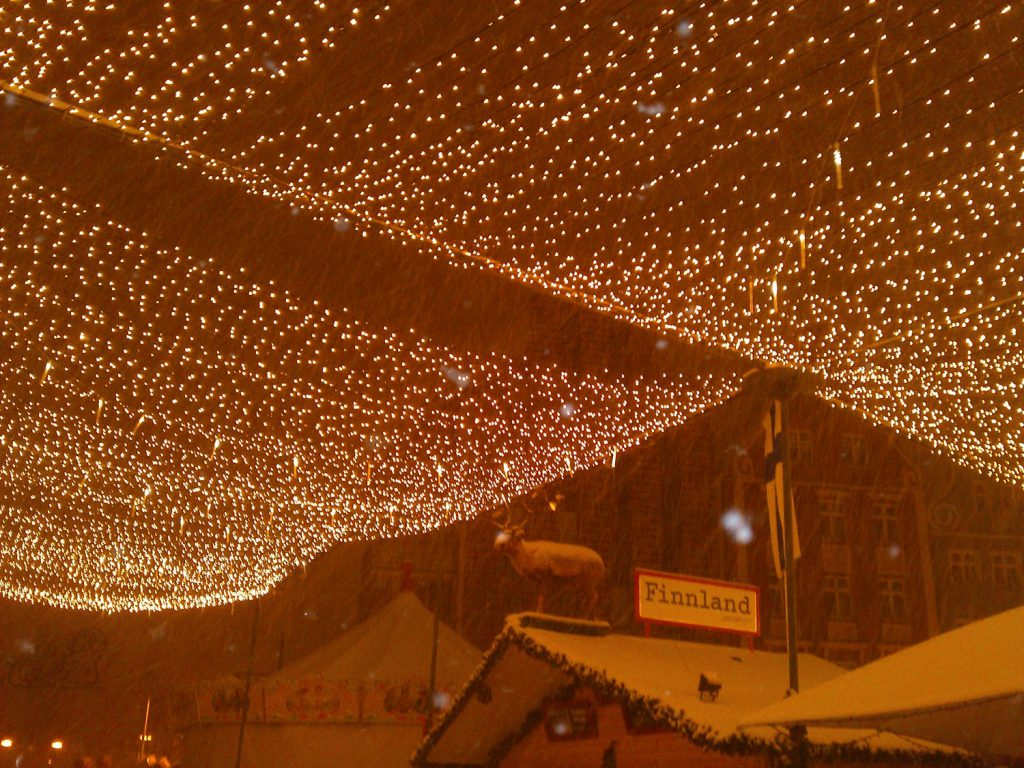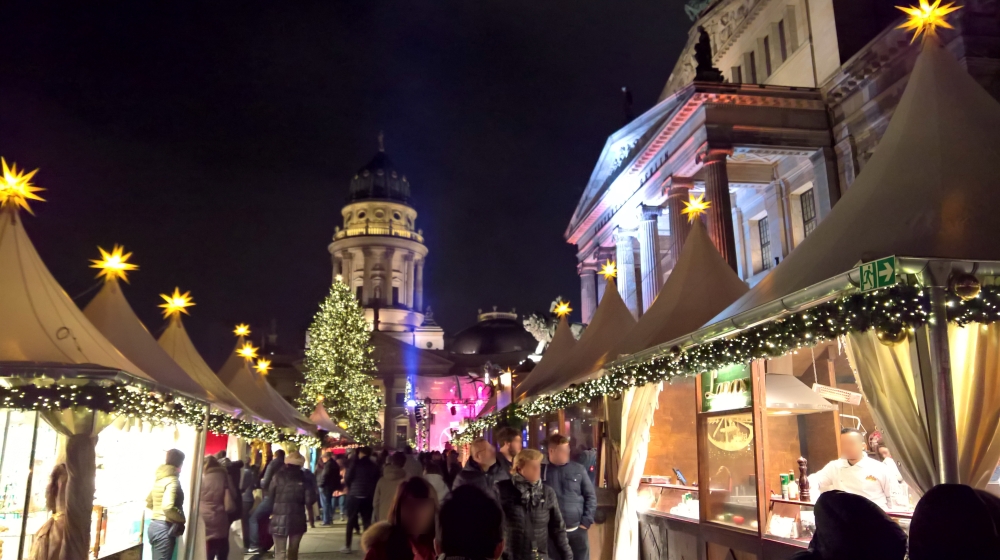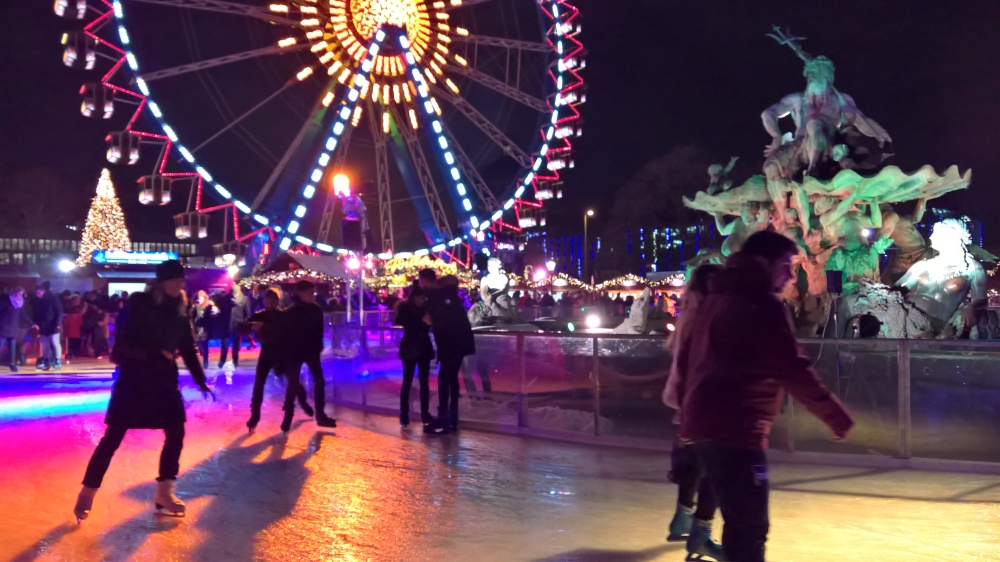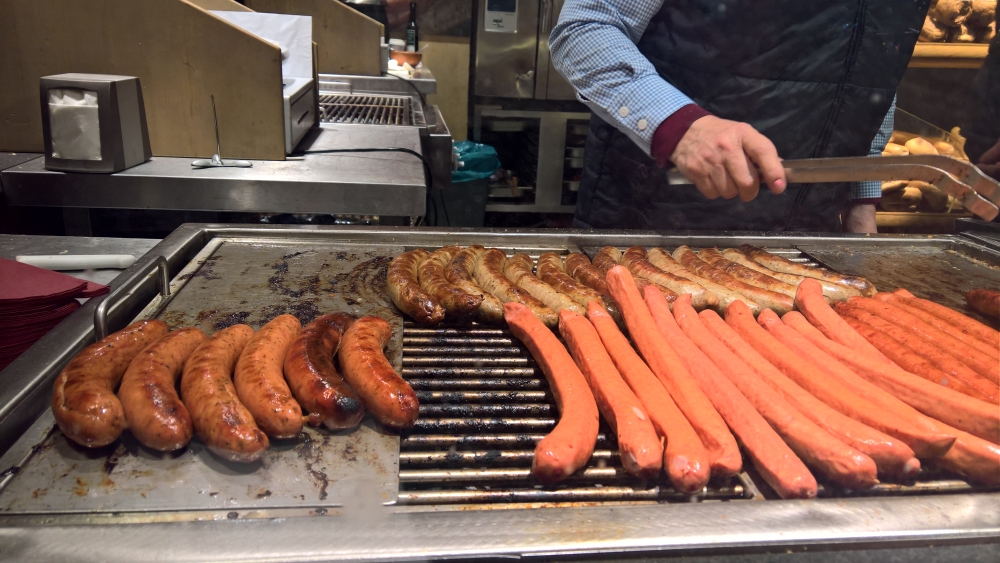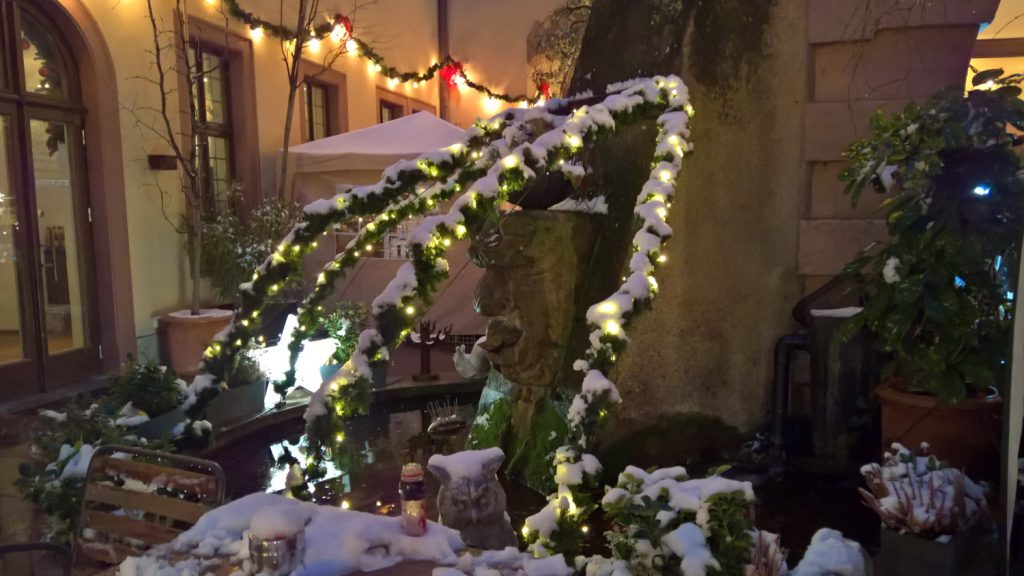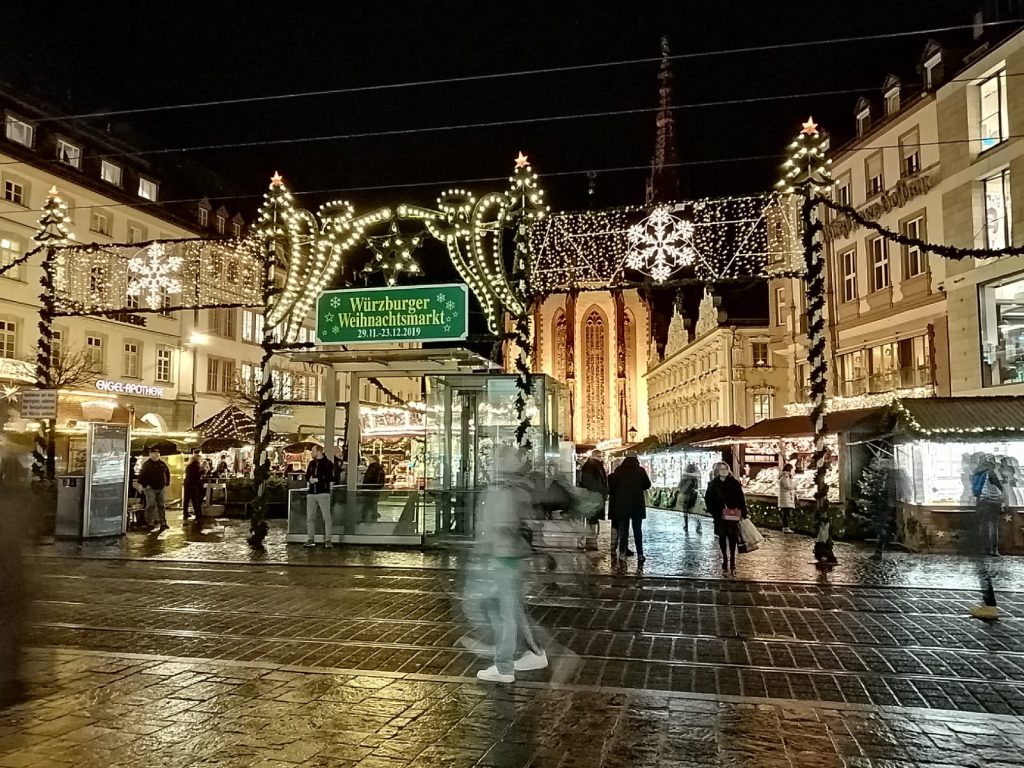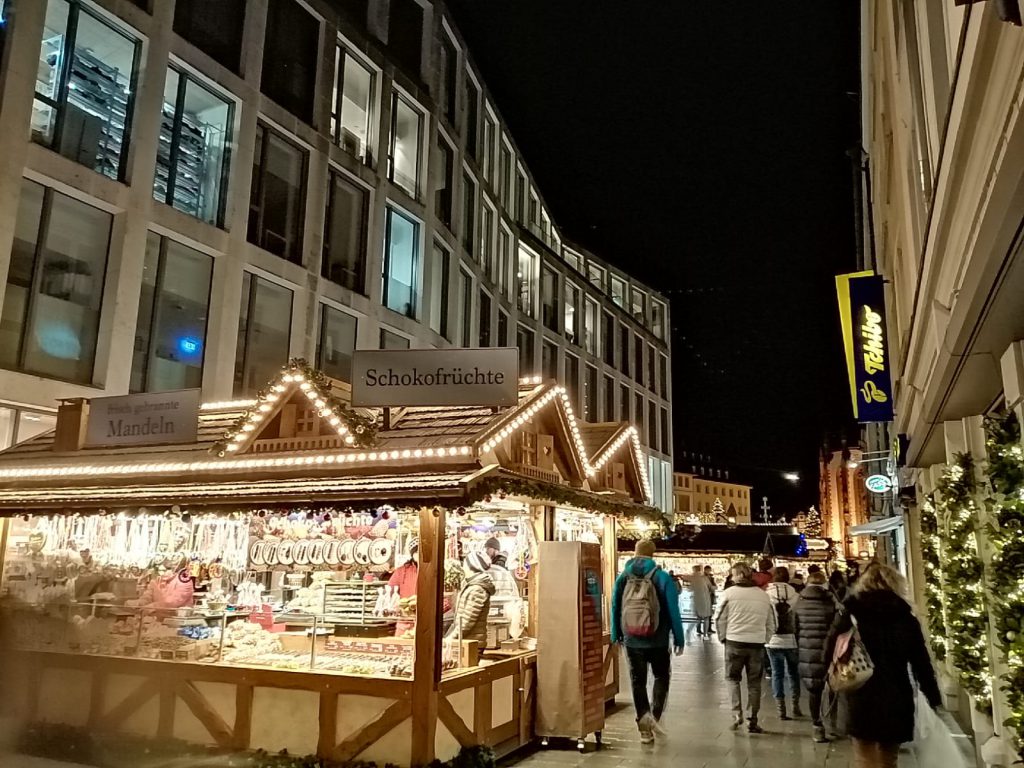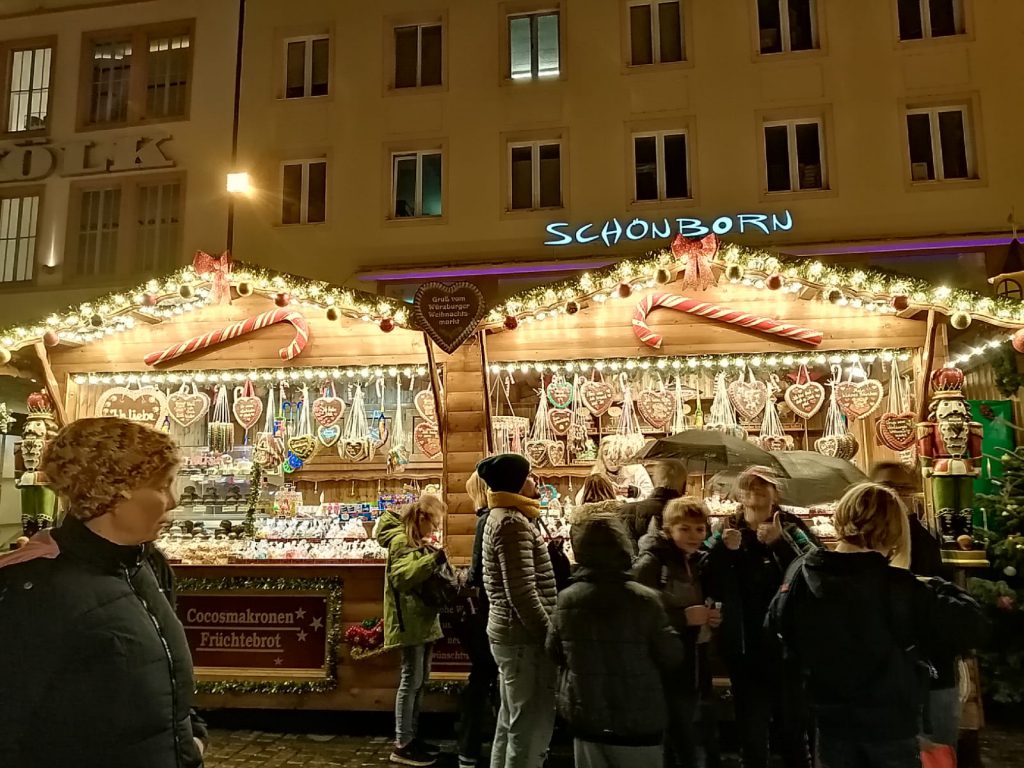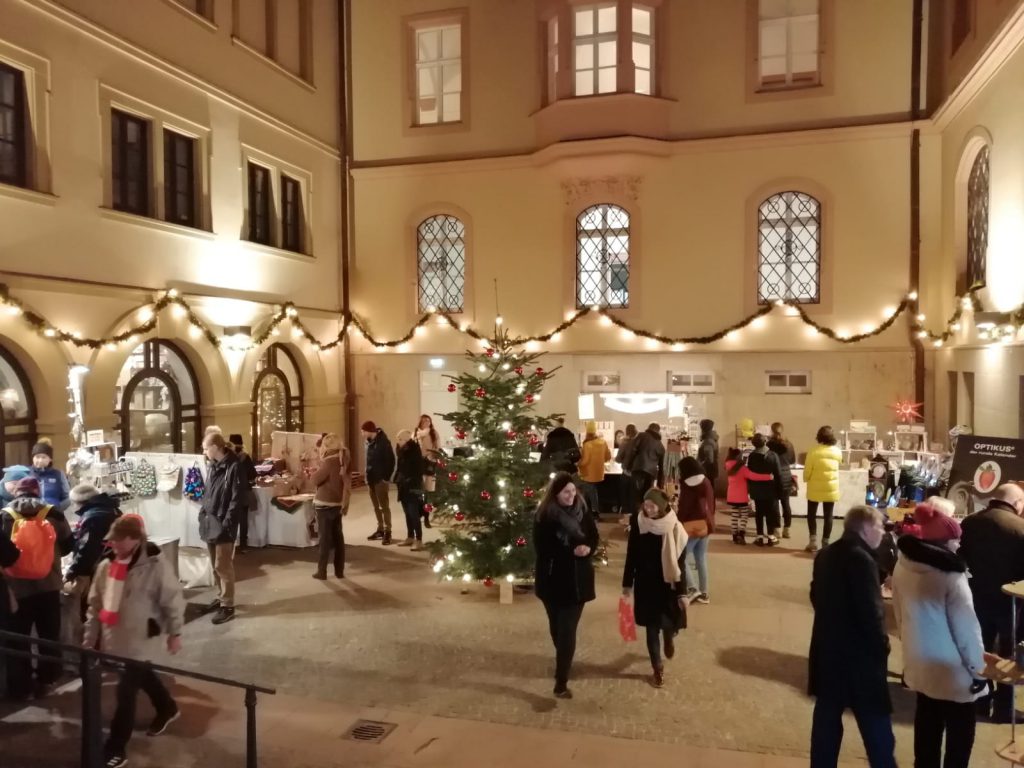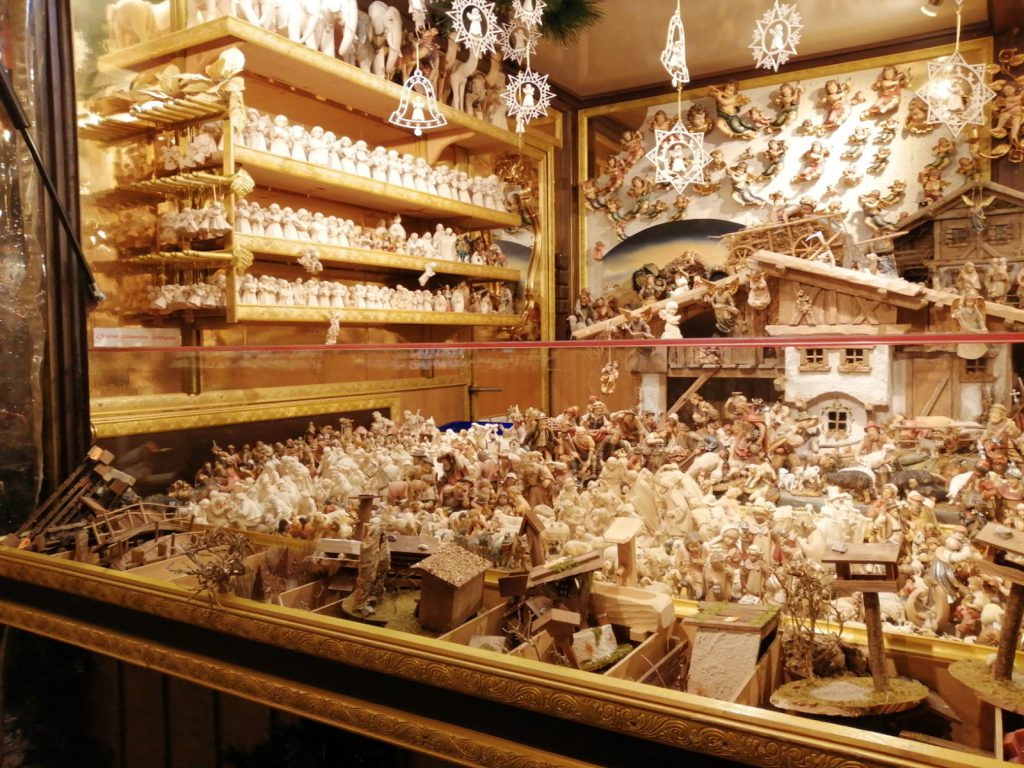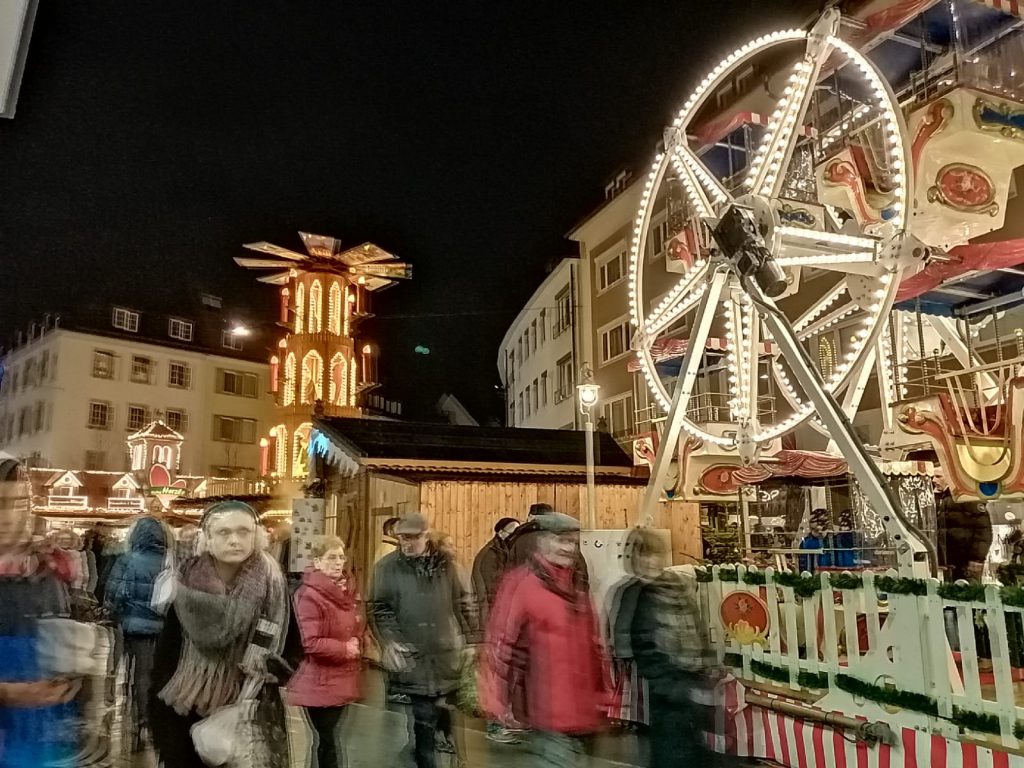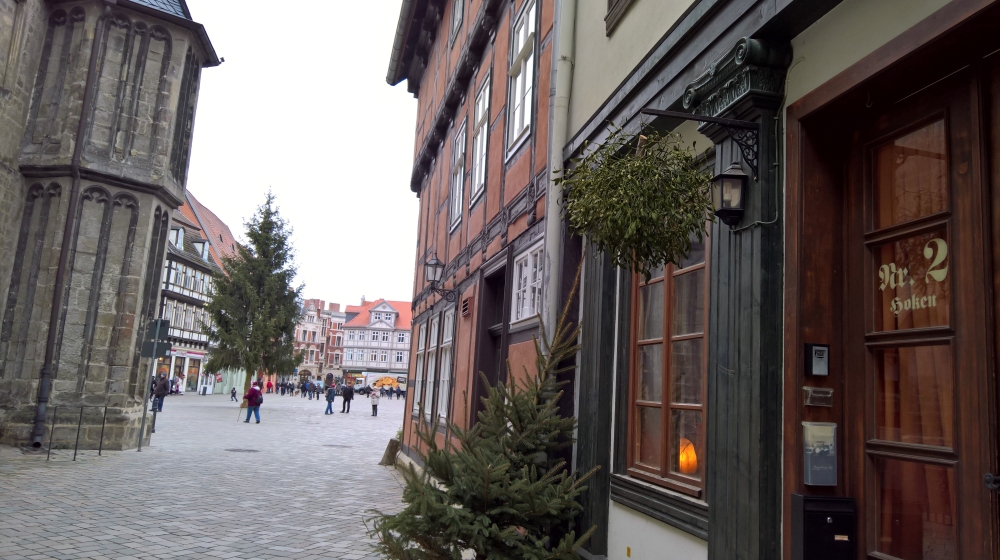Peteris, my friend from Latvia, likes Bavarian folk festivals (Volksfest) like I do. In 2018 we visited as many festivals as possible. We looked for the dates on the Internet and “tested” them. We called it our “Volksfest-scouting”! It inspired me to offer something like a crash course for Bavarian festivals. Because there is a lot more to know than drinking large amounts of beer 🙂
Here I describe the cultural background, what’s going on there and give practical advices.
Folk festivals and Bavarian folk festivals
There are actually folk festivals all over Germany. In the federal state of Bavaria, however, a special style has emerged. What is special about the Bavarian folk festivals are the large marquees (“Festzelt”) with their 1 liter beer mugs (“Bier-Krug”), Bavarian music, typical food and the well-known traditional clothes (“Tracht”: Dirndl and Lederhose). The Oktoberfest in Munich is only the largest and best known, but there is a number of such festivals. Outside of Bavaria, however, most people only know the Oktoberfest. I myself had little idea of these festivals before I moved to Bavaria.
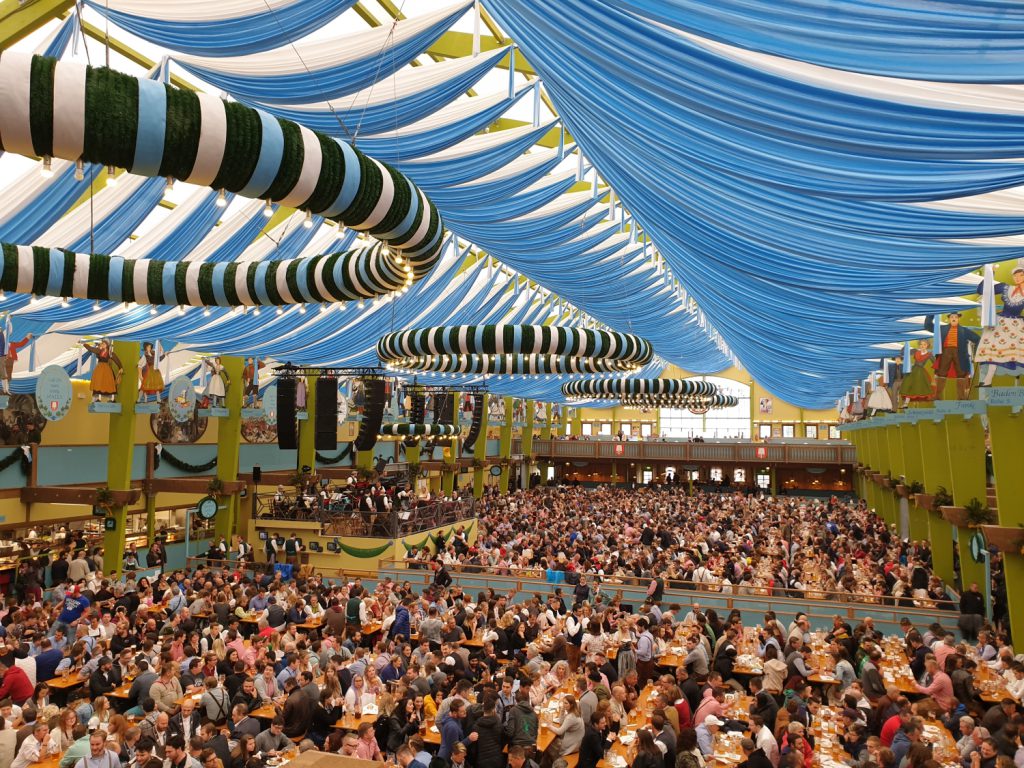
Where and when?
Except for the winter time, the folk festivals take place all over the year. They last between 1 and 3 weeks. Some cities also organize them several times a year, at different seasons, like in spring and summer. They are everywhere, even in smaller places. The bigger the place, the more its folk festival is similar to the Oktoberfest in Munich. For the recent years, festivals in this style are organized throughout Germany in autumn and are also called “Oktoberfest”. The Oktoberfest in Munich is the prototype of them. But the “originals” can still only be found in Bavaria.
Why? / Occasion
Volksfeste generally have a historical origin. Mostly it was an annual market or a religious festival. Very often it was the anniversary of the inauguration of the local church (“Kirchweih”). Food and drinks were also sold. But not only that. In the past, you couldn’t always buy everything everywhere. Traders have moved across the country to offer their goods. So they often came to the town for annual festivals. The dealers held a fair (“Messe”). Kirche (Church) + Messe (fair) = “Kirchmesse” (an fair that tooks place at a church festival). This word became “Kirmes” (the nowadays meaning is “fun fair”). Both are partly synonymous with a folk festival. Typically for Germany: There are innumerable terms of their own due to the dialects for “Kirchmess” and “Kirmes”. At the Oktoberfest in Munich, however, the origin is different. There was a wedding of the King of Bavaria, at which there were also celebrations for the “normal” people. That later became a tradition.
At many of these festivals, the origin has faded into the background. Over years, often centuries. The festival has turned from the secondary aspect (food an fun) to the actual event we know today.
A Volksfest (folk festival) is a festival for the general people, i.e. for everyone. Today of course there are people who like it and others who don’t like it. Everyone has to decide for themselves, but you should make your own judgment about it.
Separation into two parts in a fair (outside) and marquee (inside)
To put it simply, a Volksfest consists of two parts. The first part is the “rides and booths” (Fahrgeschäfte und Buden). This is the basis of all folk festivals. It is simply about fun and pleasure. There are rides, games and snacks. The second part is the marquees (Festzelt) or beer gardens. Their style is what makes the Bavarian festival special. Depending on the size of the festival, there is a single large “beer tent” or there are several. Here you can comfortably eat and drink during the day. In the evening it becomes a “party tent”. Incidentally, the folk festivals are always set up at fixed locations, every time anew. The rest of the year the fairground is used differently, e.g. as a parking lot.
Rides and booths
This part is actually a portable amusement park. During the day it is a place for families. In the evening, when it is dark, it is a fun area for everyone. The great thing is that you can discover a lot, when you are a child. When you are grown up and maybe a little bit drunk, you can feel like a child again.
- Amusement rides (e.g. bumper cars, ghost trains, children’s carousels, whirligigs, roller coasters, free fall towers, giant wheels, water slides, pony rides…)
- Games (e.g. air rifle shooting, small lotteries, ball throwing, ring-the-bell…)
- food stalls (“Fressbuden”) – these are small, portable sales stands where snacks are sold: sweet, fatty and so on. It is delicious fast food for in between
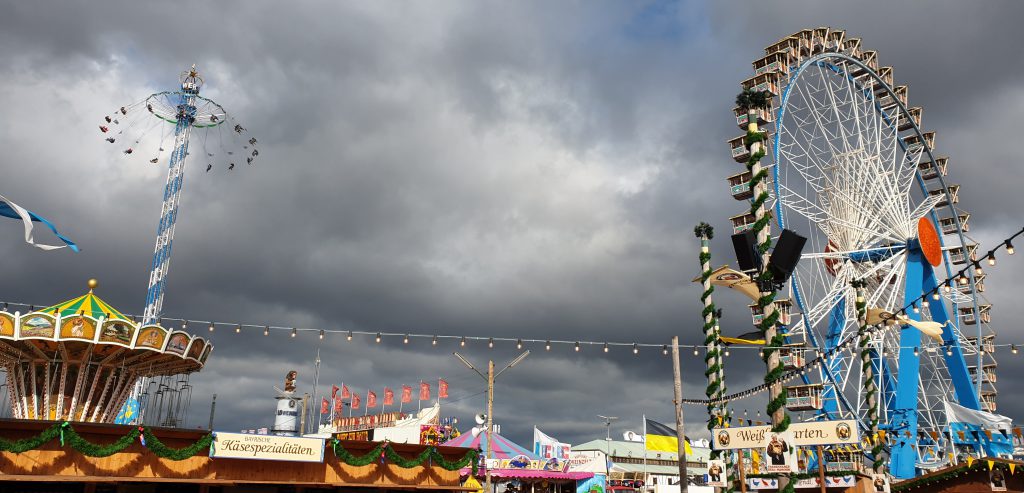
marquee (Festzelt)
There are rides and booths all over Germany. Even marquees. At Bavarian folk festivals, however, they are the core of the whole event. These tents can be transported, but they are set up over weeks. Several thousand people can fit in. There are very typical benches and tables made of wood and steel. They are simple, but very stable. They have many names: “Bierbänke” (beer benches), “Biertische” (beer tables) or as a set also “Festzeltgarnituren” (marquee sets). In the middle of the tent, they are simply set up in a row, so that as many people as possible find space.
The guest areas on the sides of the tent are the “Boxen” (boxes). They are often divided into smaller compartments, sometimes a little bit higher then ground level. There are fewer people walking past the tables. So it’s more comfortable (“gemütlich”). The catering facilities are on the sides of the tent.
There are also seats outside the tents. It has more of the atmosphere of a beer garden. It’s easier to find places there, but when you sit there you don’t hear the music inside the tent. Inside is the stage on which the live band plays.
Eating and drinking inside the marquee
The typical drink is of course beer! This tasty and diverse drink is firmly linked to German culture. Especially with the Bavarian marquee culture. So much so that the Bavarian folk festivals abroad are simply called “Beerfest”.
You use beer mugs (“Bierkrug/Bierkrüge”). These hold 1 liter of liquid. A “Krug” (beer mug oder pitcher) is something bigger than a “Glas” (glass). Today they are usually made of glass, but earlier they were made of stoneware / ceramic. These traditional stoneware jugs (“Steinzeug-Krug”) are actually better for the beer because they keep it cooler. The advantage of the glass variant is that you can see whether the host has filled in the correct amount of beer and not too much foam.
To order, you just say “Eine Mass, bitte” (A beer mug, please). Then you get the standard liter. If you want to take it smaller, order “Eine Halbe” (a half). That’s half a “Mass”, half an liter. Bavaria pronounce “Mass” with a short “a”. All other Germans who do not know their way around use a long “a”.
You don’t need to be afraid of a whole liter of beer: I experienced myself, that you somehow can drink more in a beer tent than anywhere else. At least I do. My theory is that the “Festbier” is particularly easy to drink. It is sweeter, not bitter like Pils beer. In addition to the “Festbier” (festival beer), there are also other types of beer, or “Radler” (mixed with lemonade) or non-alcoholic beer.
The price for a liter is about 9-12 €. That sounds a lot, but you get a whole liter for it! Compared to the beer prices in Western and Northern Europe, this is still normal. In general, the bigger the festival, the higher the prices.
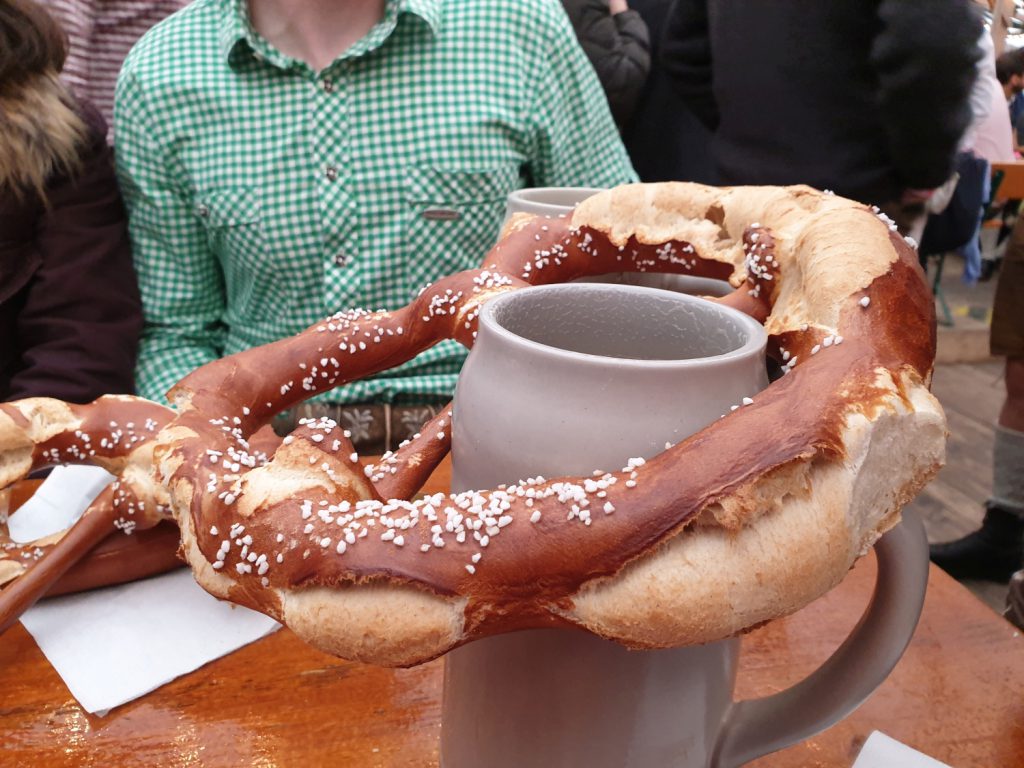
If someone doesn’t drink beer, then it’s totally okay to drink something else. There is also a large selection of other drinks. As in the beer garden, you also get soft drinks, water, juices, wine etc. The most important thing is that you have something in your Hand to toast!
The food is relatively expensive (10-20 €), but necessary. If you drink a lot, you also have to eat a lot! There are hearty Bavarian dishes, pastries and vegetables (tavern food, “Wirtshaus-Essen”). Half a chicken (“Hendl”), knuckle or pretzel is typical. Not everyone likes that, so there are also foods like burgers and fries. You also get vegetarian food. In the middle of the tent you should have finished eating by 5/6 p.m. From my own experience I can confirm that it is very difficult to eat from a plate between dancers.
About the service: You sit down and wait for the waiter/waitress. Often, however, you can also get food and drink at the edge of the tent, at the counter. If you are unsure, just ask there.
Music in the marquee
When the tent is still empty, sometimes music is not played. In the afternoon, usually until 6 p.m., Bavarian or Austrian folk music (Alps, brass band) is often played. This is the “gemütlich” (cozy) time.
In the evening there is a live band. This is not intellectually demanding, it is party music. It is important that it is well known so that people can sing along. Mostly German music is played, often from the 80s and 90s. But also there is well-known music with English lyrics, often classics like “ACDC” or “Backstreet Boys”. The music spectrum ranges from rock to pop, from old to current songs. The band sometimes takes a break of 15-30 minutes. Then a DJ plays music. In time, if you want to meet members of the band (for example at the toilet) you can wish for your own songs! Later, towards the end, a lot of music from the 80s is played. The “Neue Deutsche Welle” (german New Wave vor the 80s) plays a special role here.
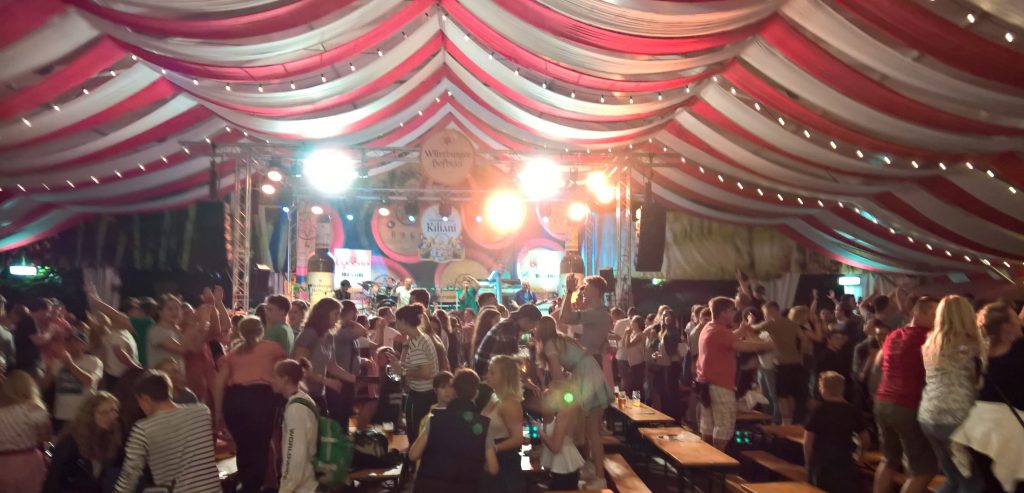
The band animates to celebrate and drink. In addition there are “Trinksprüche” (toasts, cheers) from the singer, in which the audience participates. Here are the classics:
Band (slow): “Ein Prosit… ein Prosit… der Gemütlichkeit!”
(Like “cheers to coziness!” This is an extended version of the “Prost!” (Cheers!) In the end, everyone cheers with everyone he/she can reach)
Band (fast): “Zicke Zacke! Zicke Zacke!”
Audience replies (fast): “Oi, Oi, Oi!”
(To be honest, I don’t know the meaning)
Band: “Prost Ihr Säcke!”
Audience replies: “Prost du Sack!”
(“Sack” is an insult. The band’s singer insults the audience. In response, the audience insults the singer. -> Then they are quitt)
Atmosphere
The marquee is typically open from noon. There is often plenty of space until late afternoon. It is a comfortable mood: you can eat and talk. Cards are also played etc. (Exception is the Munich Oktoberfest at weekends)
It gets louder in the evening. The people who are far from the stage usually sit. In the middle and close to the stage there is dancing on the benches from 5 to 7 p.m. until the end. It’s drinking, dancing and having fun. The atmosphere there is somewhere between a club and a festival in the village. You have to experience it yourself, preferably with 4-10 friends.
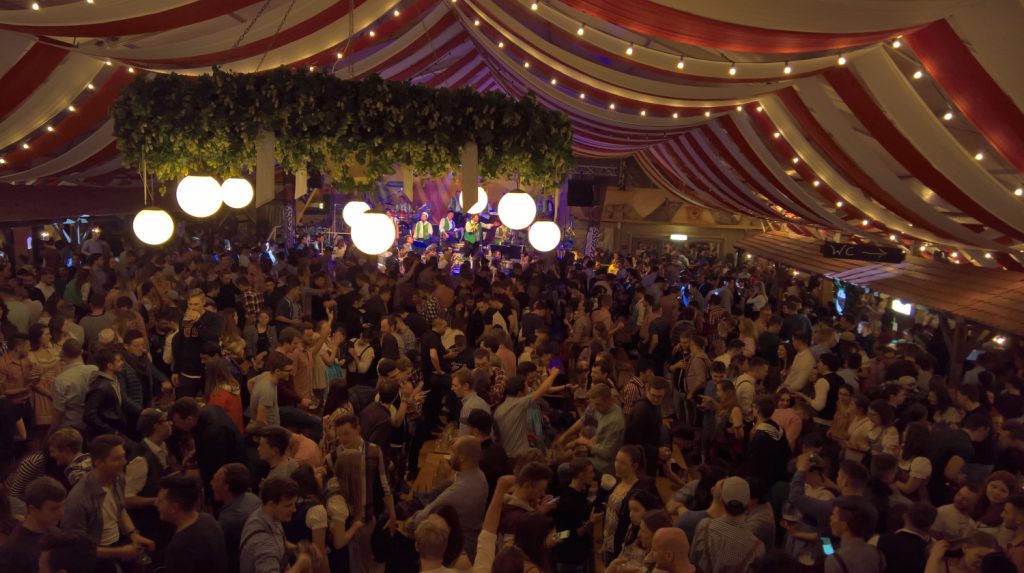
When you get into a tent it is not uncommon that there are no tables left. You then ask whether you can sit with others. If you ask long enough you are sometimes lucky. People keep the seats free for acquaintances. It can take a long time to find a place. But you can have a look at the whole tent. When you sit down at the table with others, you quickly come into contact with your neighbors. A common “cheers!” and you are a community. It’s easy. It’s no problem to say “Du” to strangers, even if they’re older than you (when you usualy use the formal “Sie”).
Popular festivals are also al bit “rough”. There is a lot of drinking, but generally people control themself. In Germany, drinking beer is so firmly anchored in society that most people have long experience of drinking, but still behaving… Drinking liters of beer works with a lot of food. Of course, sometimes there are people who drink too much. But security quickly brings them out of the tent. If people are in a bad condition, paramedics are called. At larger celebrations there are separate departments with paramedics who take care of health problems.
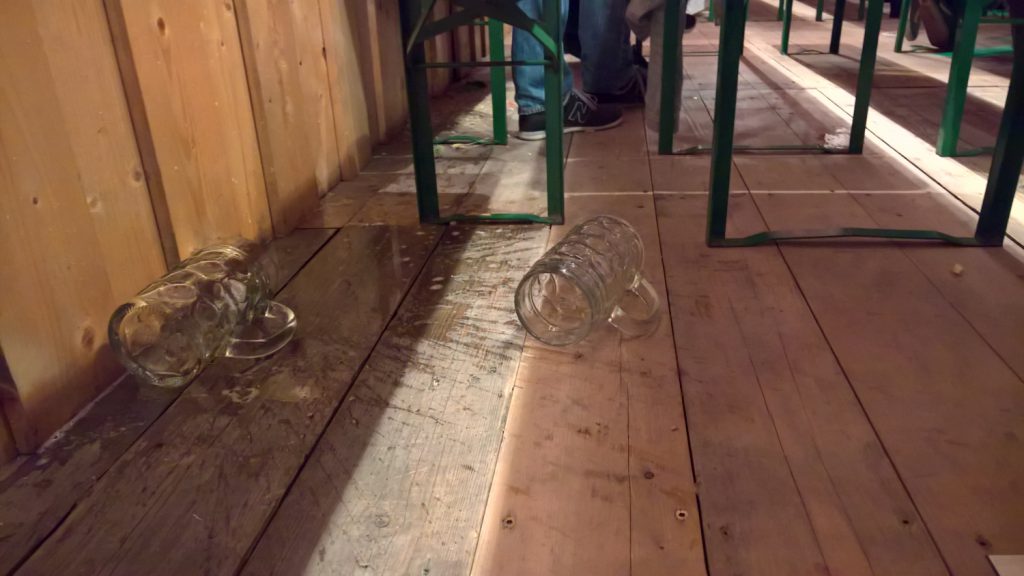
Happens…
General security is like any other major event. Rather better, because security is very important. When you dance on the tables you are asked to come down. If you fall it’s very dangerous for yourself. There is aggressiveness or fights, but not more than at any other party with so many visitors. Usually the reason is a misunderstanding. I have certainly been to a Volksfest 50 times, but have never experienced a serious situation on the site itself. The way to the train station is more dangerous. It’s like flying on a plane: you think it’s particularly dangerous, but with all the security measures in place, it’s actually safer than any other form of transportation.
It ends at around 11 or midnight. It is not an event to go through the night. But it starts much earlier. At 11 p.m. in a marquee you can sometimes feel as if it were 5 a.m. Then it goes back home or you go partying somewhere else.
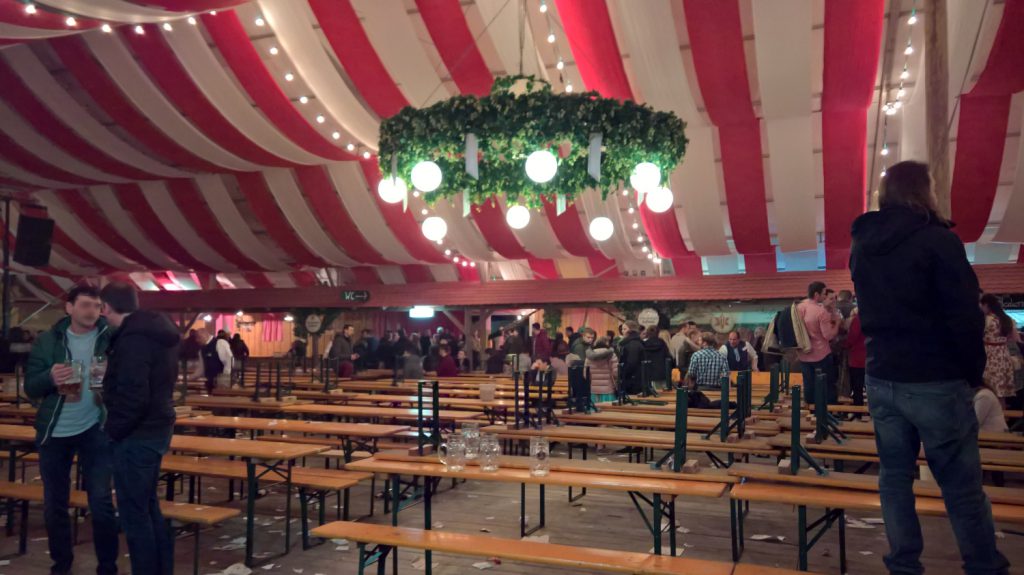
Reservations
If you want to sit at a table in the evening, you need a lot of luck – or a reservation. You can do that, but often you need a minimum number of guests. In Munich you hardly get a place in the evening without a reservation. But there are also areas where you don’t have to reserve. But you should arrive early. During the week you generally get seats faster. Reservations are made months in advance at the Oktoberfest. The situation is better elsewhere. You should find out more on the website of the Volksfest. You can often reserve tables there. In the tent there is an overview where you can see which table you can use. You have to be on time! As I have described above, you can always get a few places by asking.
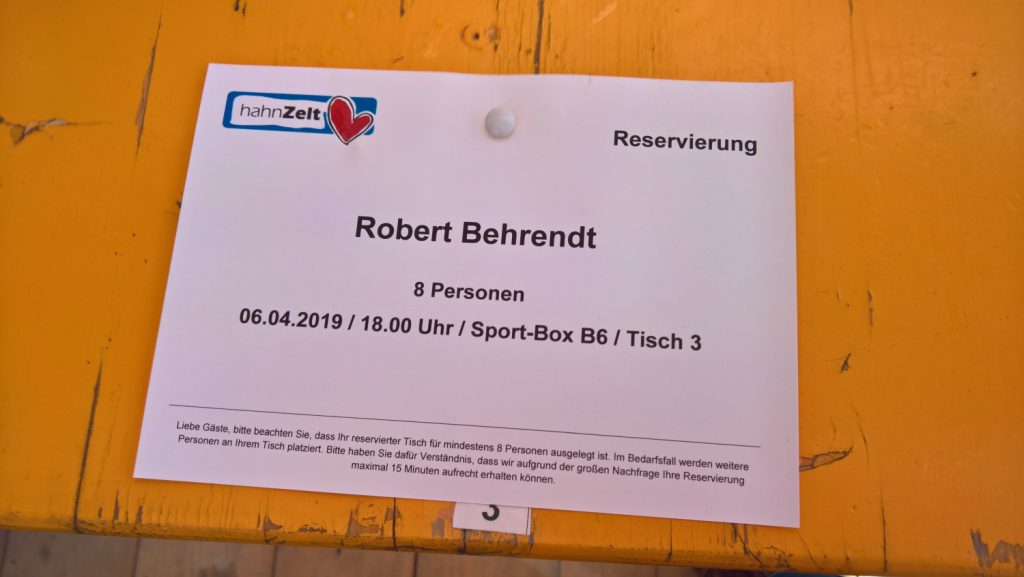
Traditions
There are certain traditions for the festivals. This can be a solemn entry at the beginning. The first day of the Oktoberfest in Munich is the “Einzug der Wiesnwirte” (arrival of Oktoberfest hosts) . Some barrels of beer are brought to the festival area on historic beer wagons. This is symbolic, because in reality you need a lot of trucks to transport the beer. Also marching bands and traditional costumes clubs walk along, presenting their music and clothing. In Munich clubs from all over Bavaria, but also Austria are gathering there.
Also some traditional customs can be seen on the festival site. For example, the “Goaßlschnalzen” (whipcracking), where the whips crack directly over the heads of the visitors. On the first day of a festival, it is customary that the beer is only served after the “Anstich” (tapping). The first barrel is opend. And that by the acting mayor of the city. It has to be opened with a hammer. Attention is paid to how many hammer clubs it needs to open the barrel. The less the better. In Würzburg, on the Kiliani, there is a boxing match every year. At the Würzburg “Frühjahrsvolksfest” (spring folk festival) there is a tree trunk in the middle of the tent where everyone can try to climb up. Anyone who gets up to the top gets a “Mass” for free.
But these are just examples. There are always special features to discover at the folk festivals.
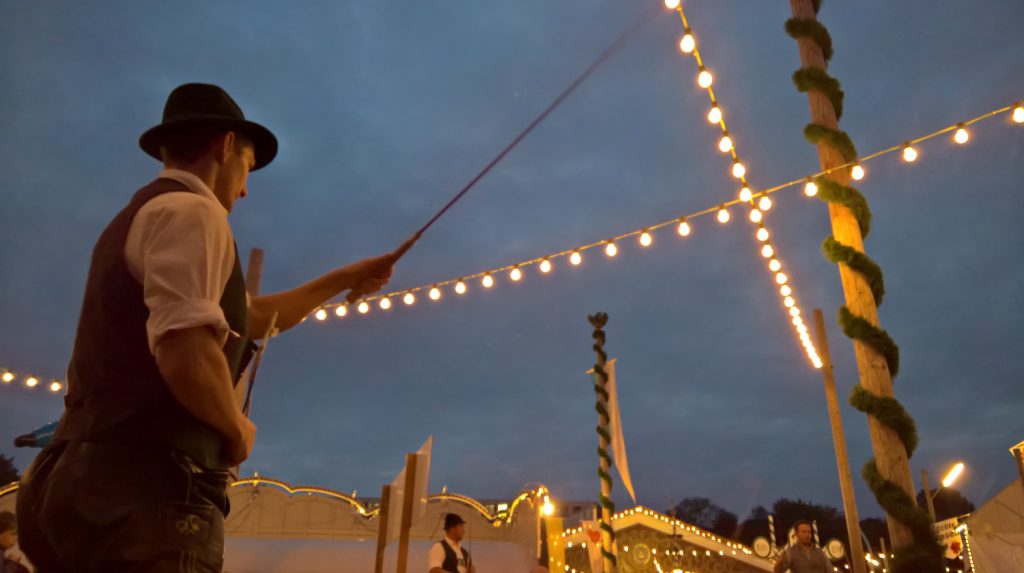
Trachten (Bavarian Style Clothes)
There are actually many types of “Tracht” (simple translation: Bavarian costumes). By far the best known form is “Dirndl and Lederhose”. A few sentences about the meaning: At the end of the 19th century, many people moved from the countryside to the cities to work in the new factories. The cities grew quickly, it was loud, fast, modern. Many of the newcomers founded “Trachtenvereine” (traditional clothes clubs). People from the same region came together to preserve a piece of their home and identity. This included wearing the rural clothing of the home region. But it was not the normal farm work clothes, but the clothes that were put on on Sundays and public holidays. Each region had different costumes, and there were often differences from village to village. The other way around came tourism. Townspeople from the middle and higher classes wanted to get out of the noisy city, polluted by the factories. They went on country trips. Often into the mountains (in northern Germany, on the other hand, often to the sea). When the townspeople were in the mountain villages, they sometimes wanted to dress in the “popular” way. For this they bought a “Tracht”. They also took them home as a souvenir of this countryside-area. So tourists have been buying lederhosen and dirndls for more than 120-150 years!
Today, the traditional Bavarian costumes are worn as “original Bavarian” at folk festivals. The well-known dirndls and lederhosen are only a “modern, simplified” version. There are endless shapes and subtleties.
Equality has long been a high value in Germany (in the past, of course, this was especially true for equality within the strata). Popular festivals were intended for the people, that is, the mass of ordinary people. Today it is something for everyone. The social differences disappear at the Volksfest. The costume supports this. If many wear the same, you can not see who has a lot or little money. People are indistinguishable by clothing. In addition, a wide variety of people often sit table to table. Everyone can participate, admission is free. It is a piece of social equality.
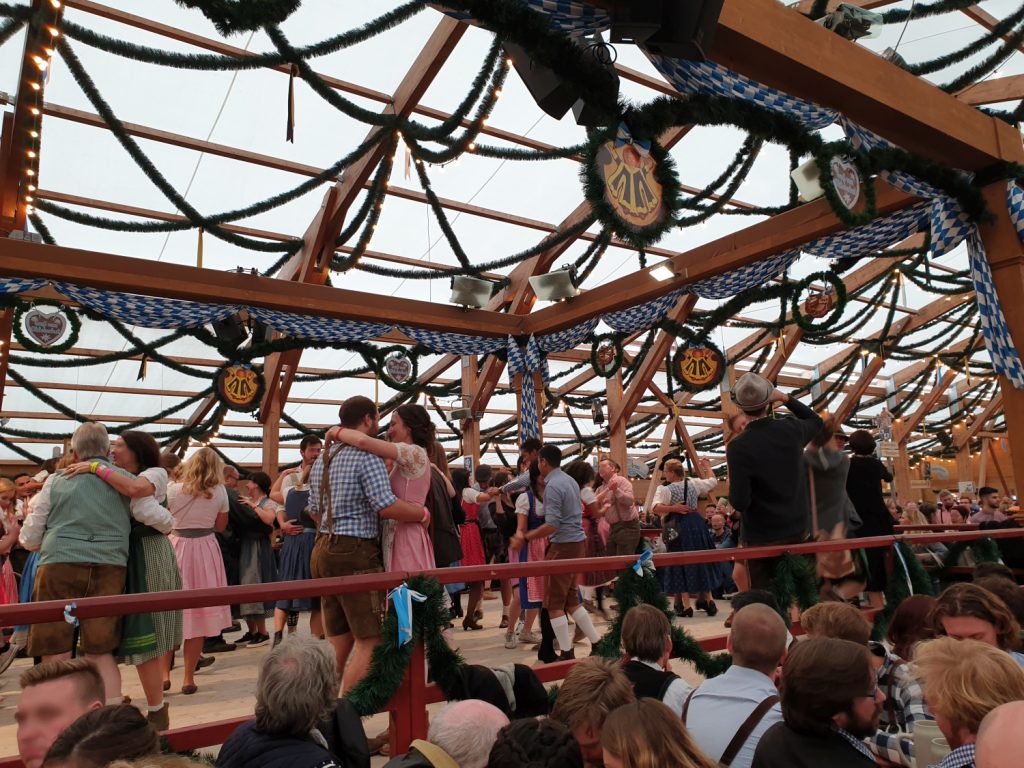
When everyone meets for the festival, also the cultural differences disappear. Anyone who is a migrant or a child of migrants is a part of the whole, immediately by wearing “Tracht”. Then he is one of all. Everybody can participate. (Admittedly, I only saw women with a headscarf outside and never inside the beer tent.) In the tent itself, however, the origin takes a back seat. Whether someone comes from Africa, Iran or Australia is not that important anymore.
The main thing is whether you are Bayer (Bavarian) or not. No matter whether foreigners or non-Bavarian Germans (the “Preißn”): There is no difference for a real Bavarian.
Arrival and departure
Especially at the big festivals you are not alone if you e.g. arriving by train. The trains are full and you can recognize those who are partying by the traditional wearers. The party usually starts in the morning on the way, also because of the beer prices directly at the festival. When you get off at the train station, you usually only have to follow the crowd to get to the festival site. When the festival area ends (11 or 12 p.m.) you can also join the crowd to get to the train station. Even on the train you are with a lot of mostly young people who all go home. The party often goes on there. Even if the train is late, or if there is a replacement, you are at least not alone. I’ve already met a lot of people on these return trips.
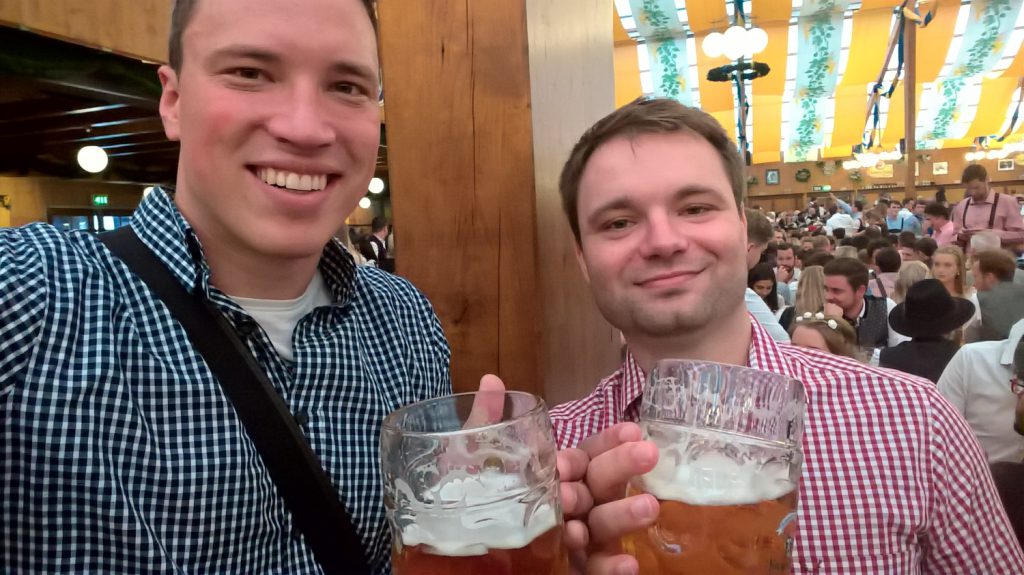
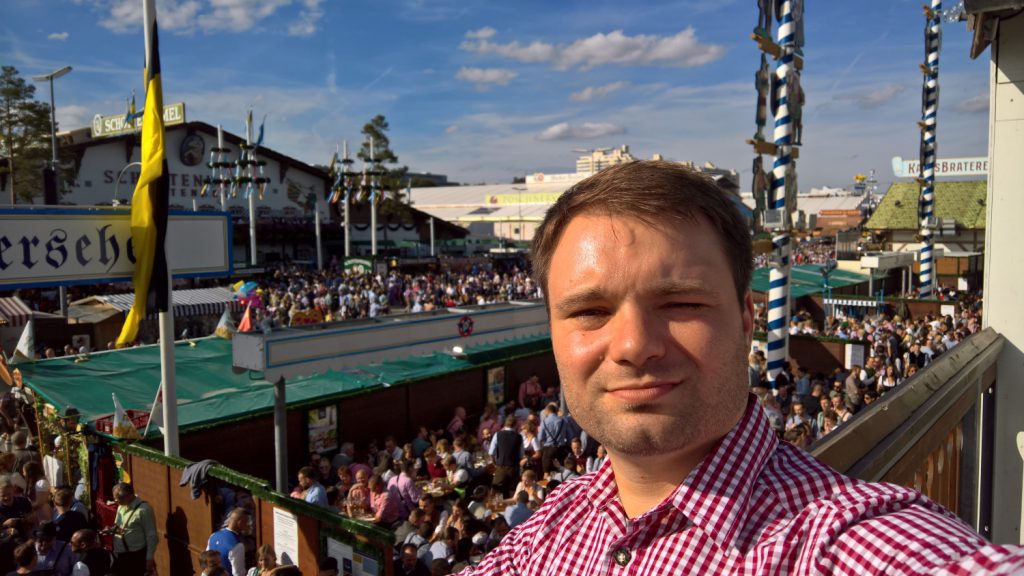
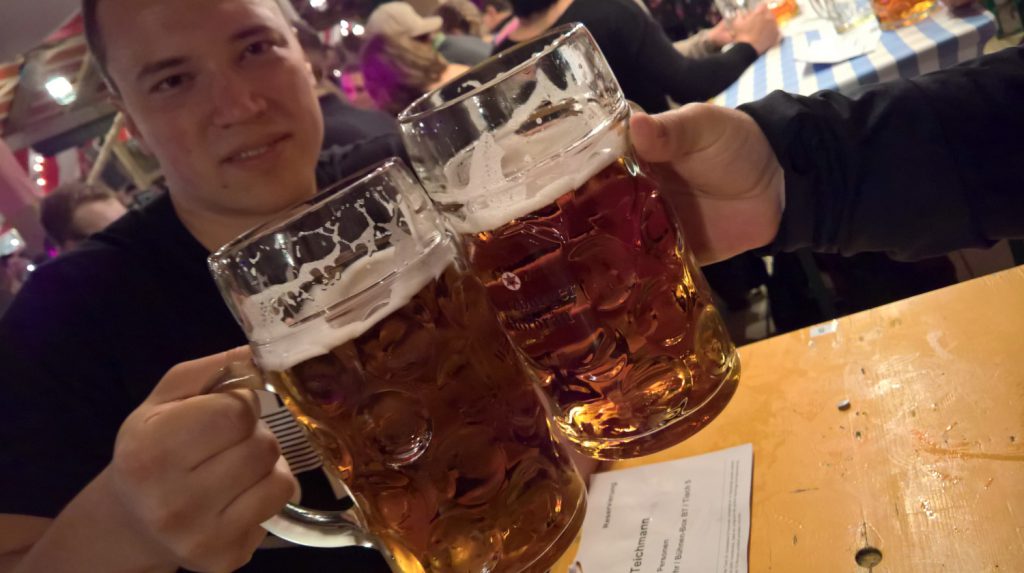
It’s like everything else: The best is to experience it yourself.
